Iceland is one of the few places I have ever travelled to that I experienced a feeling of ‘other-worldliness’. There’s no doubt that it is one of the most beautiful places I have ever visited, but the longer you are there the more you begin to question how anyone could ever inhabit this place!
The calm and peaceful day that began with a beautiful sunrise, resembling something painted by Monet, suddenly becomes home to weather wild enough that vehicles are blown off the road. (YouTube it!) And, we haven’t even mentioned how cold it gets in winter!
Obviously, that is part of the drawcard of the place and Iceland embraces this fact, describing the country as one ‘of sharp contrasts. A place where fire and ice co-exist. Where dark winters are offset by the summer’s midnight sun’.
But, has Instagram ruined the most beautiful place on earth?
In 2016, Mary Pilon wrote an article for Wired, “Instagram is Ruining Vacation”, in which she detailed her experience at Angkor Wat. She writes, “as I stood there in Cambodia, swatted by selfie sticks, bruised by elbows, perfumed by the body odor of my fellow photogs, I realized the irony of being at a temple in which no one was really present”. [Emphasis mine]
(Interestingly, the year that Instagram was launched, 2010, was also the same year that saw tourism in Iceland jump by 16.6%. And, the figures have continued to grow year after year, as have Instagram’s user base. Coincidence?)
‘No one was really present’, it conjures up images of a mindless zombie horde consisting of “content creators”, “influencers” and grandparents with iPads. They rush from shot to shot, eyes never leaving their screens preferring to only view the sites via megapixels rather than with their own eyes.
This was definitely consistent with our experience in certain places around Iceland, specifically, around the ‘Golden Triangle’. This obviously caused me to question whether people were genuinely present, or engaged, in the moment, or, were they more engaged with letting people know where and what they were doing? There is no doubt I too was guilty of this sometimes, but it was also something that I was keenly aware of and actively trying to avoid.
Rebecca Macmillan comments on this intersection of having to broadcast our lives versus being present to the moment noting, “Instead of staying present – being (and really observing) where we are – our impulse is to capitalize on all lived experiences as an opportunity to represent and express ourselves visually. Part of what’s troubling about this kind of tenacious documentation is the thin line between representation or expression and…the marketing or commodification of everyday life.”
The concern that the camera is an intrusion on our ability to be present is hardly a new critique. Nor, can it simply be tied to the ease at which we can take photos with our phones. In 1977, Susan Sontag wrote a collection of essays titled, ‘On Photography’, in which she stated similar concerns, but in a far more polemical tone. Sontag notes, “A photograph is both a pseudo-presence and a token of absence”.
She also notes,
“A way of certifying experience, taking photographs is also a way of refusing it—by limiting experience to a search for the photogenic, by converting experience into an image, a souvenir. Travel becomes a strategy for accumulating photographs. The very activity of taking pictures is soothing, and assuages general feelings of disorientation that are likely to be exacerbated by travel. Most tourists feel compelled to put the camera between themselves and whatever is remarkable that they encounter. Unsure of other responses, they take a picture. This gives shape to experience: stop, take a photograph, and move on. The method especially appeals to people handicapped by a ruthless work ethic—Germans, Japanese, and Americans. Using a camera appeases the anxiety which the work-driven feel about not working when they are on vacation and supposed to be having fun. They have something to do that is like a friendly imitation of work: they can take pictures.”
It’s pretty scathing right?
So, am I advocating the extirpating of all cameras and camera phones and reverting back to the paint brush and easel to guarantee a genuine presence and engagement within the moment?! Hardly.
In 2006, E. Tory Higgins published a journal in the Psychological Review where he found that the level of engagement in an experience had a direct effect on the level of enjoyment of that experience. Ten years later, in 2016, in an article published in the Journal of Personality and Social Psychology the authors found that taking photos increased the level of enjoyment of an experience because it actually requires a greater level of engagement.
On that basis I think we need to make a real distinction between the photos taken on a phone and posted on social media and the photos taken on a camera.
The social media photo is the ‘compulsive urge to immediately, electronically exhibit one’s self…in an effort to simply maximize a positive response’ via social media. It isn’t so much about the moment, as it is about the person taking it.
Whereas, the photo with a camera (this is especially true with film) is all about the moment, it requires awareness, presence and engagement with the surroundings to best represent, portray and capture that moment in time.
My mate Mike has argued that ‘as modern living becomes increasingly focused on a kind of disembodied experience we yearn for embodiment more than ever’. This is fascinating because the thing that we assume is helping us to engage with the moment and fulfilling our yearning, is actually inhibiting a genuinely embodied, present and engaged experience. As Mike further notes, ‘We know intuitively that embodied experience is of a higher order than vicarious experience.’
So, has Instagram ruined the most beautiful place on earth?
Well, only as much as we let it interfere with us being genuinely present and engaged in the moment, appreciating the beauty and awe-inspiring landscape that Iceland has to offer. My advice is, engage all five of your senses for the best experience, don’t be preoccupied with ‘sharing’ the experience.
Some of my favourite memories of Iceland are the ones which would have been impossible to capture in a photograph.
The ice cold mist from waterfalls hitting your face, the cold smooth walls of the inside of a glacier, the sensation of no longer having feeling in your hands due to the cold, the nervous knot in your stomach as you realise you shouldn’t have disregarded the locals advice as you try to drive through the howling high speed winds, the way you appreciate a free hot coffee from the service station or the lump in the back of your throat when you do the currency conversion at the shops!
In part 2 & 3 of my blogs on Iceland I’ll detail more of the places we visited and what we saw.
What do you think? Leave a comment below.

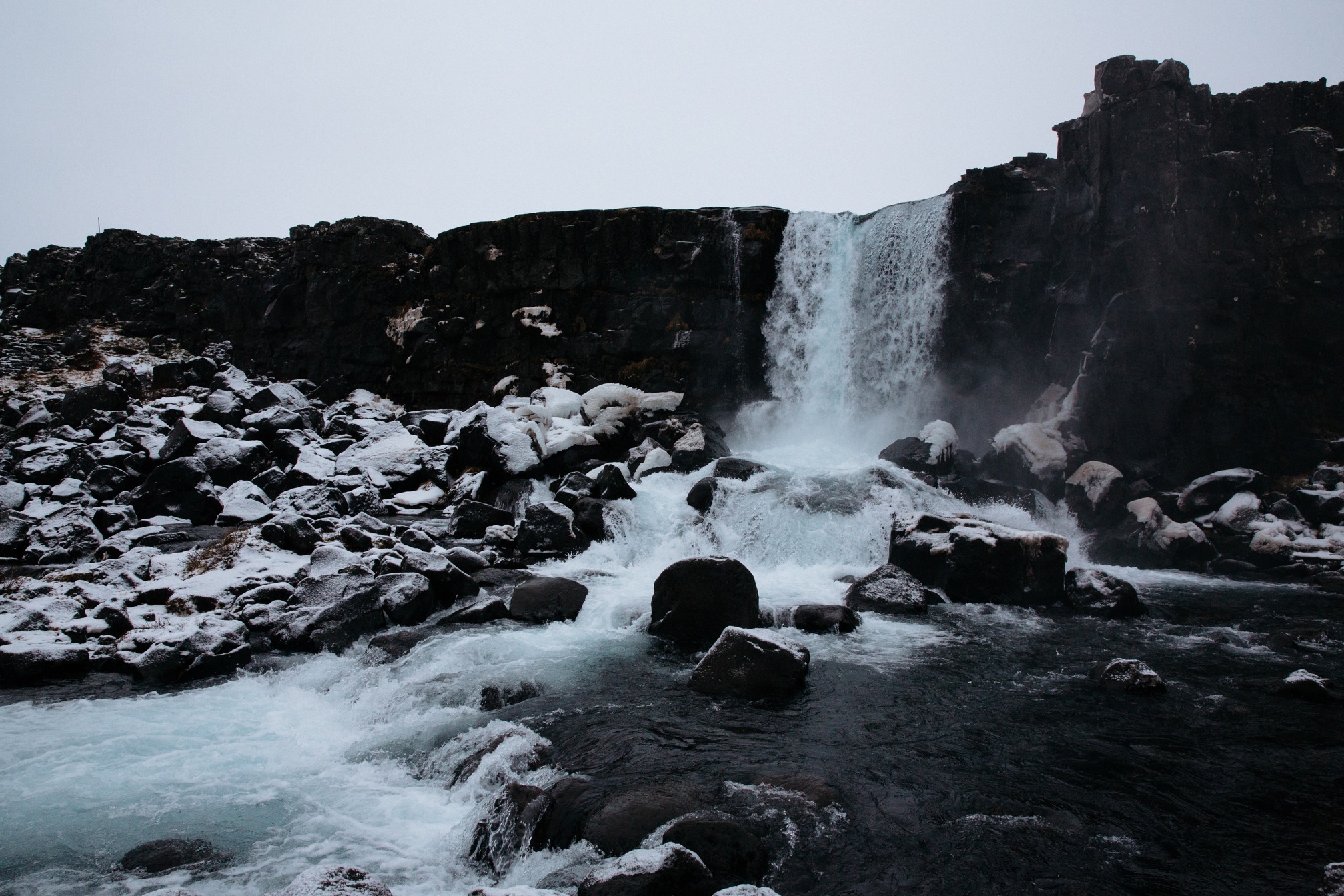
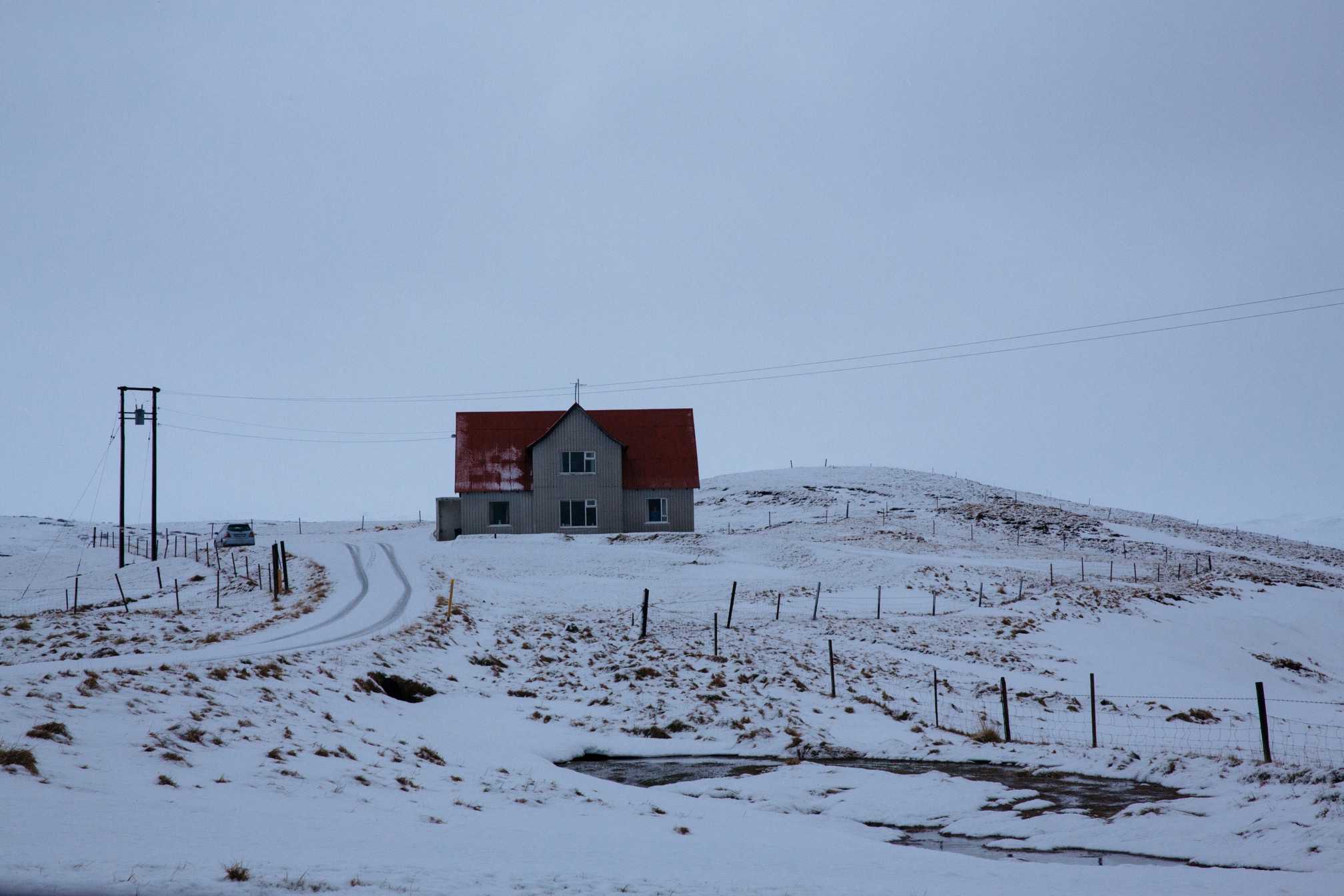
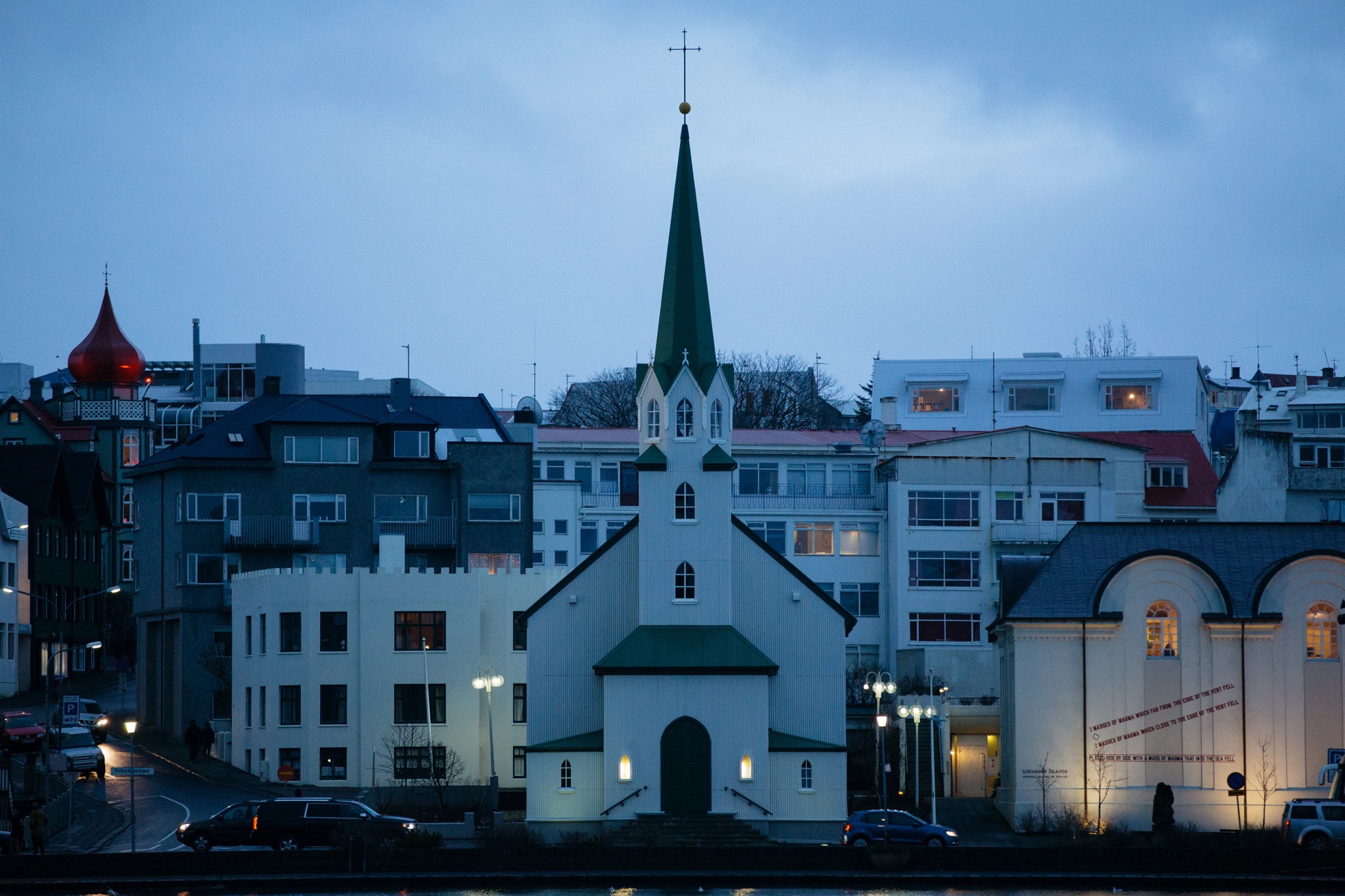
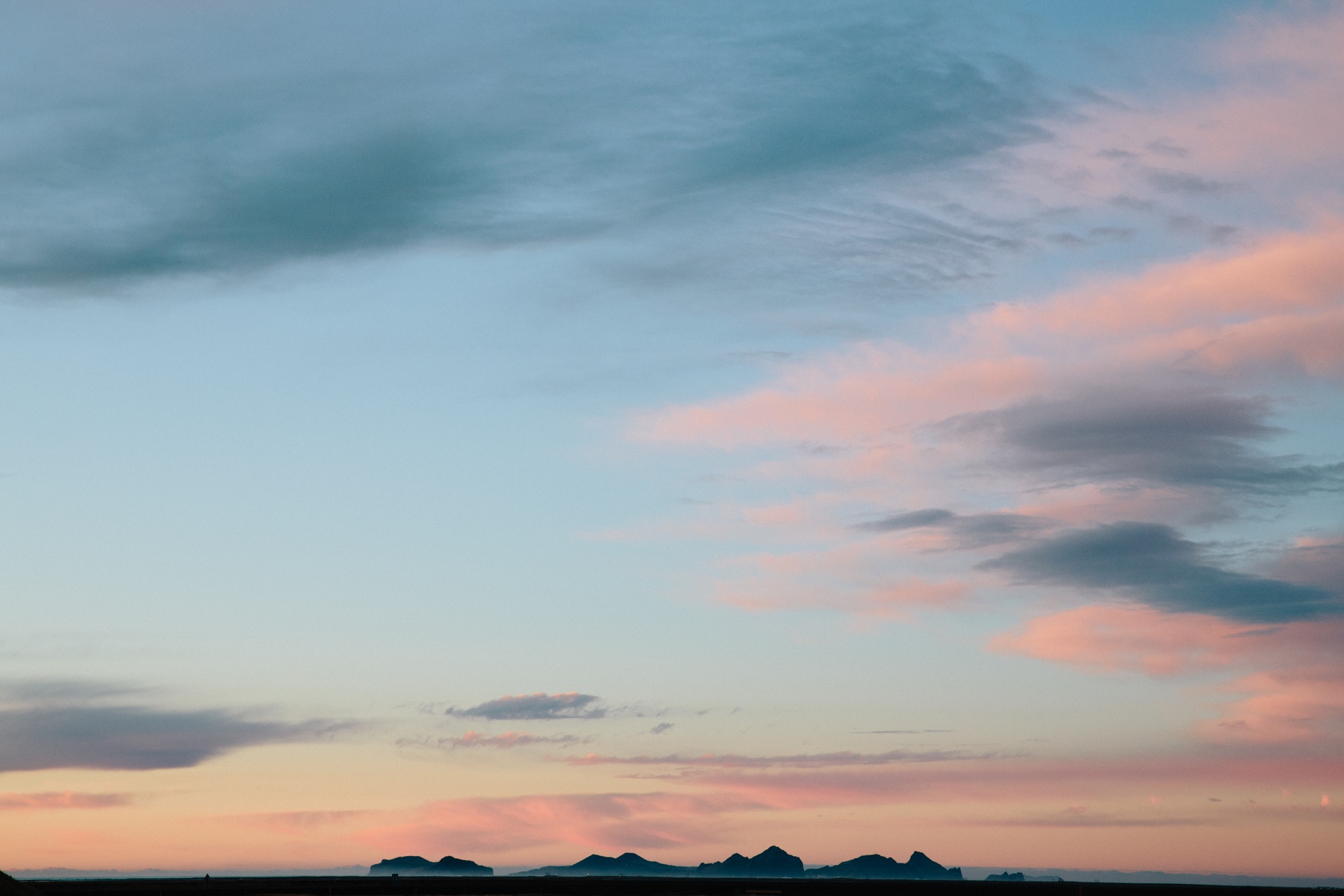
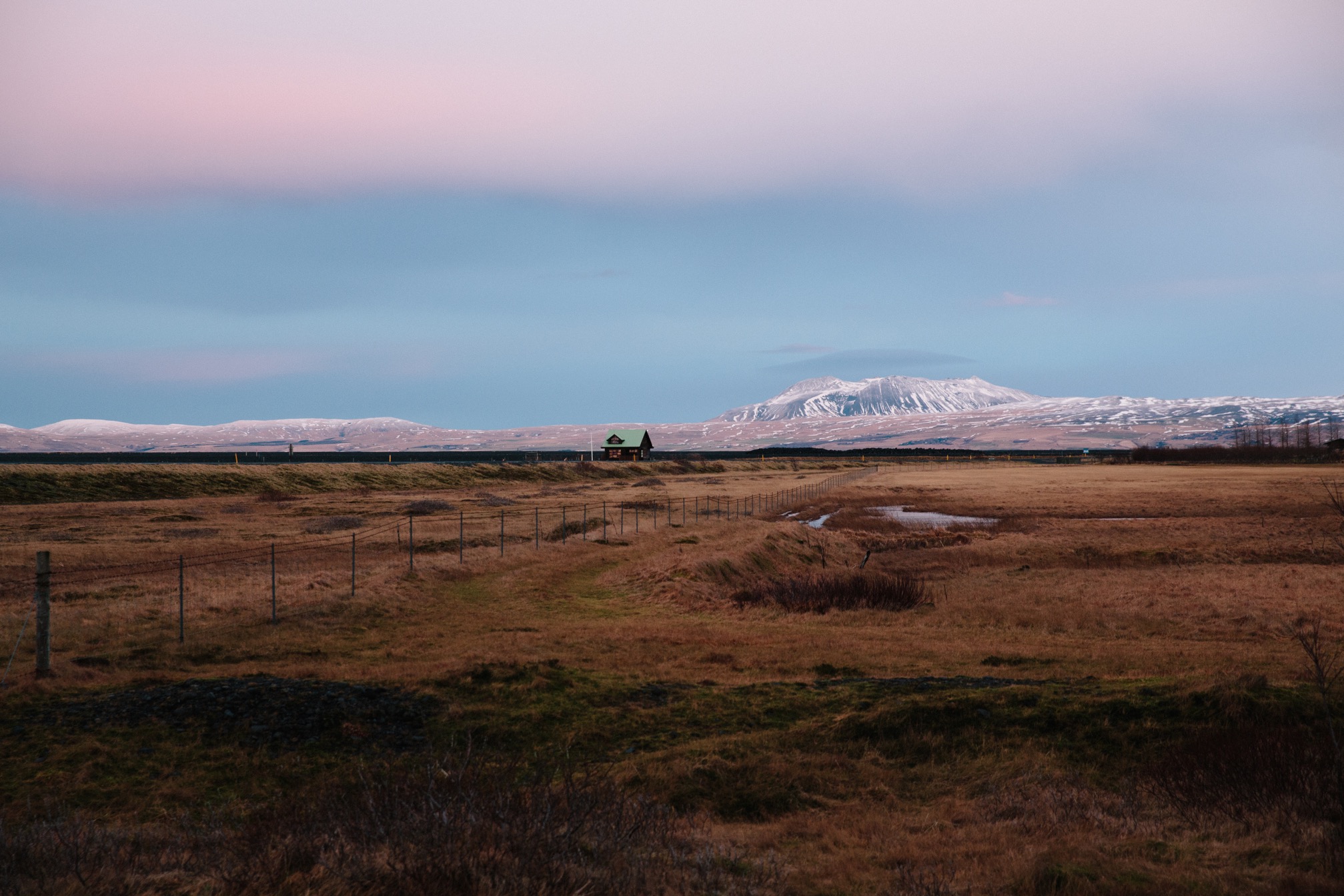
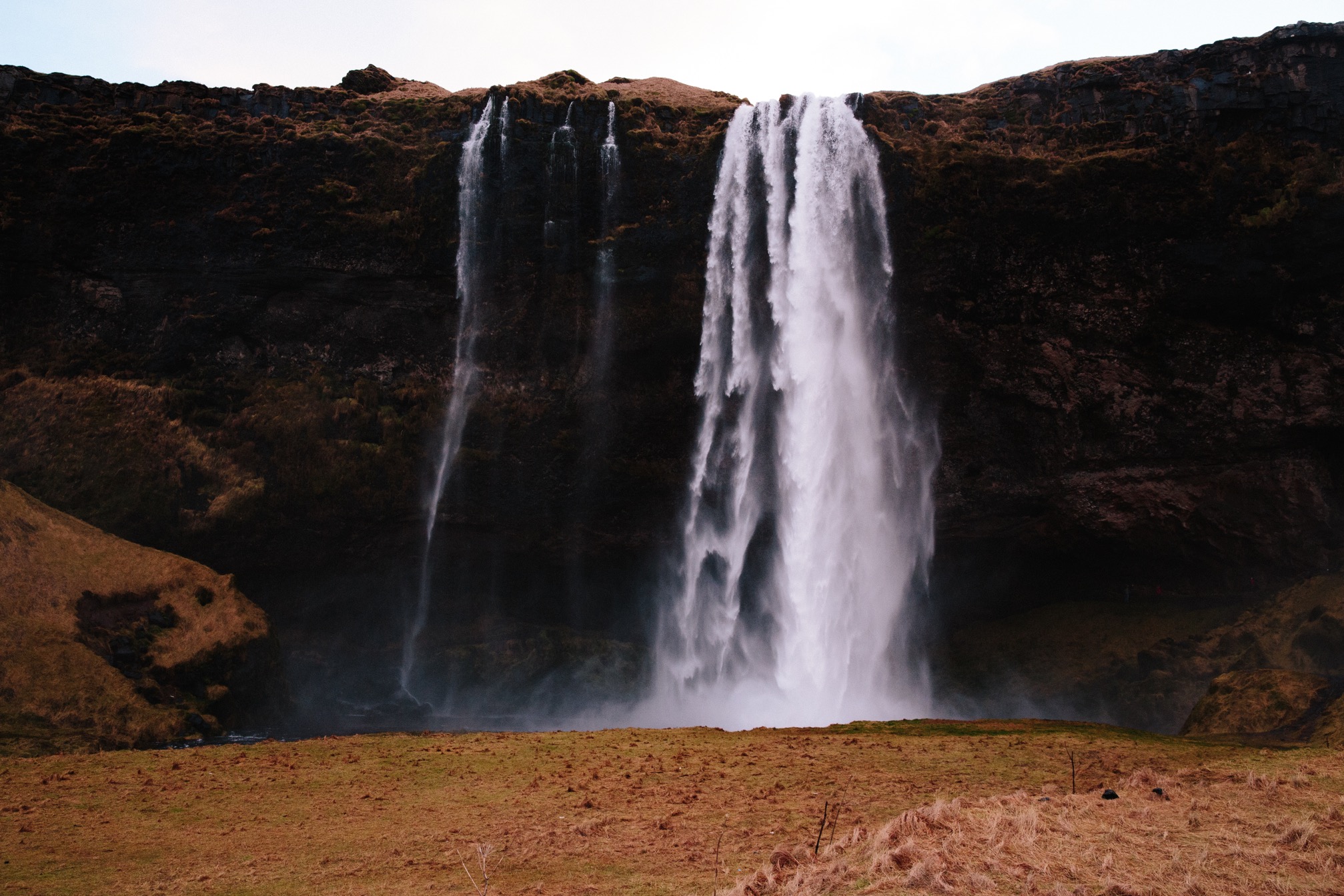
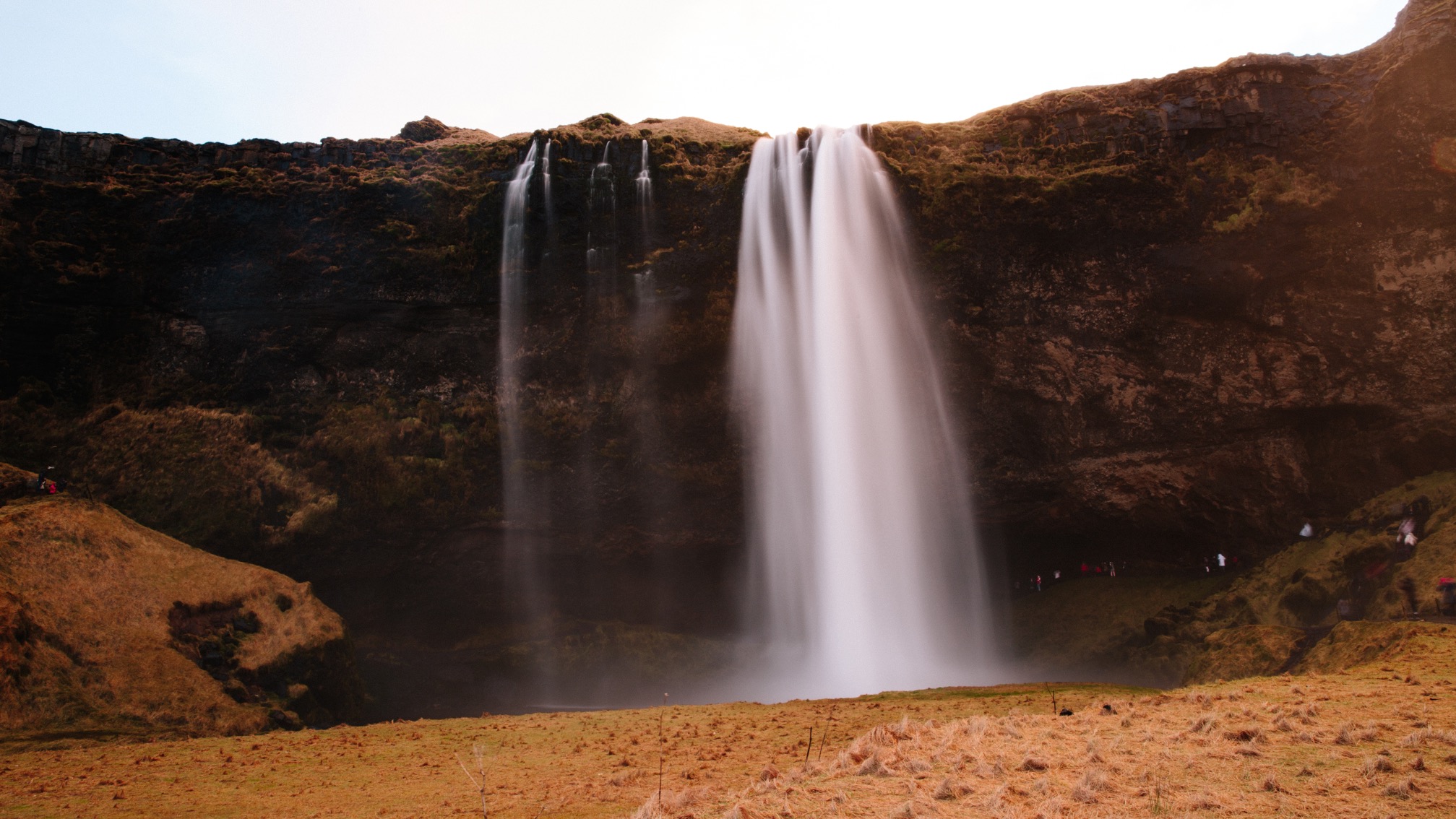
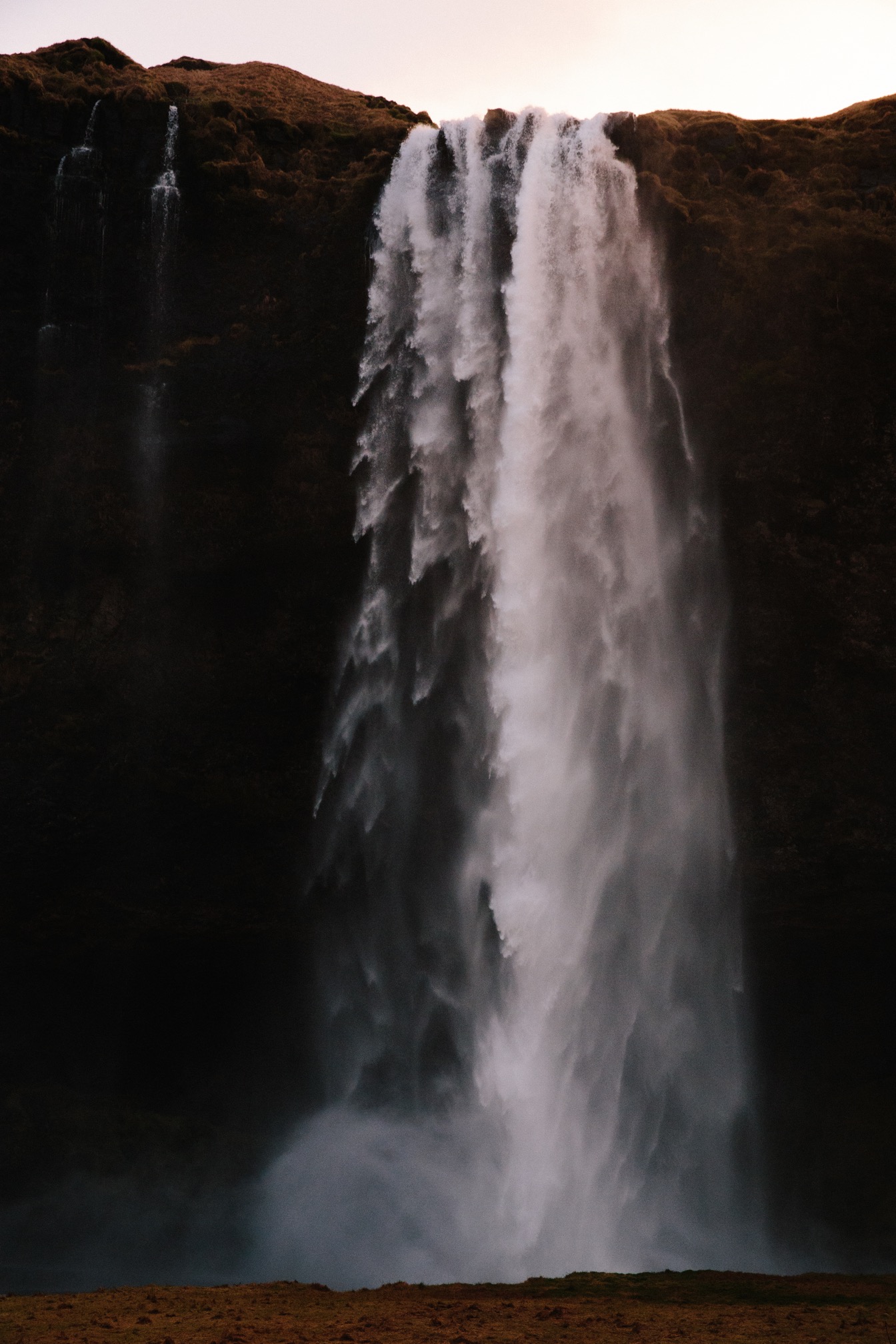
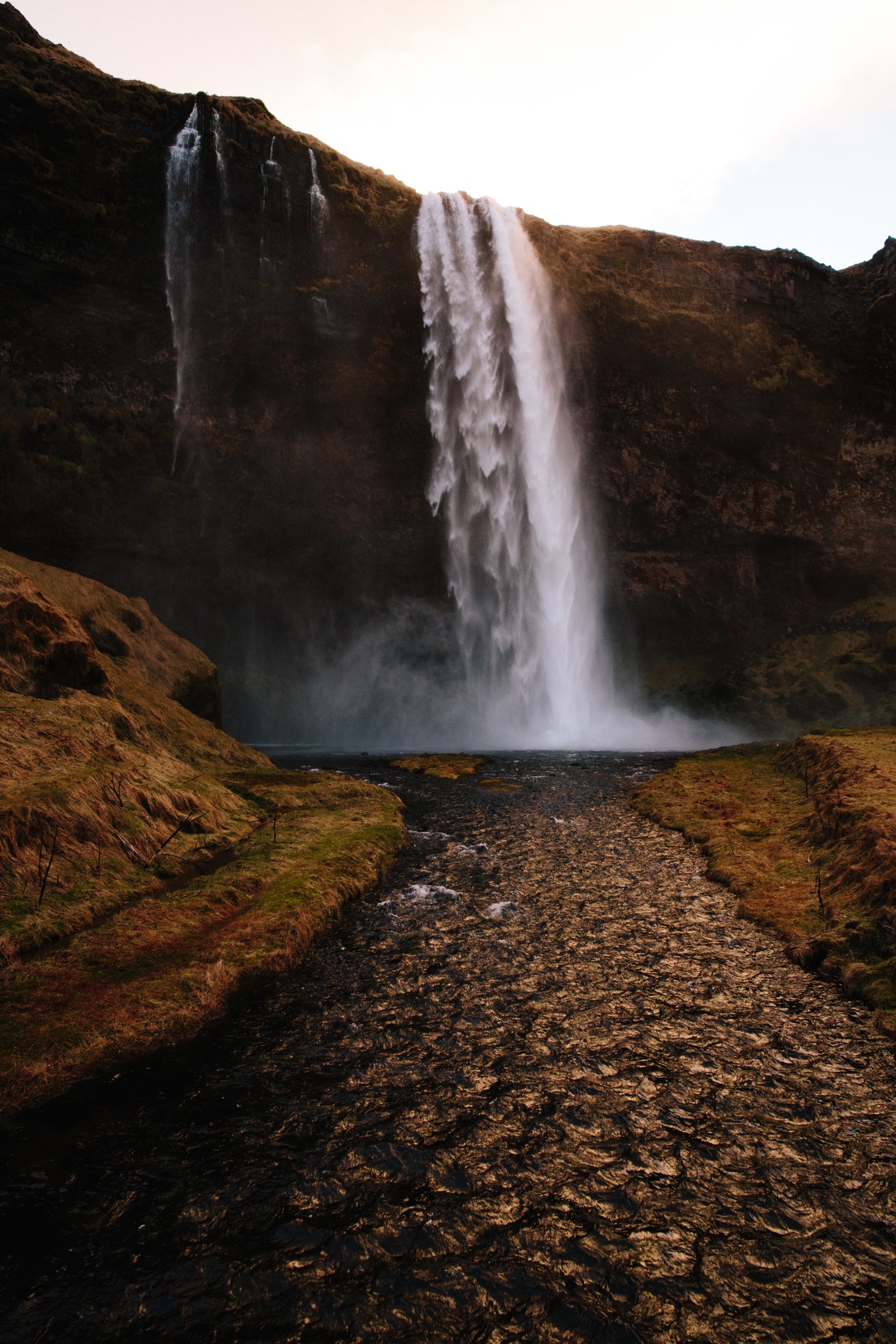
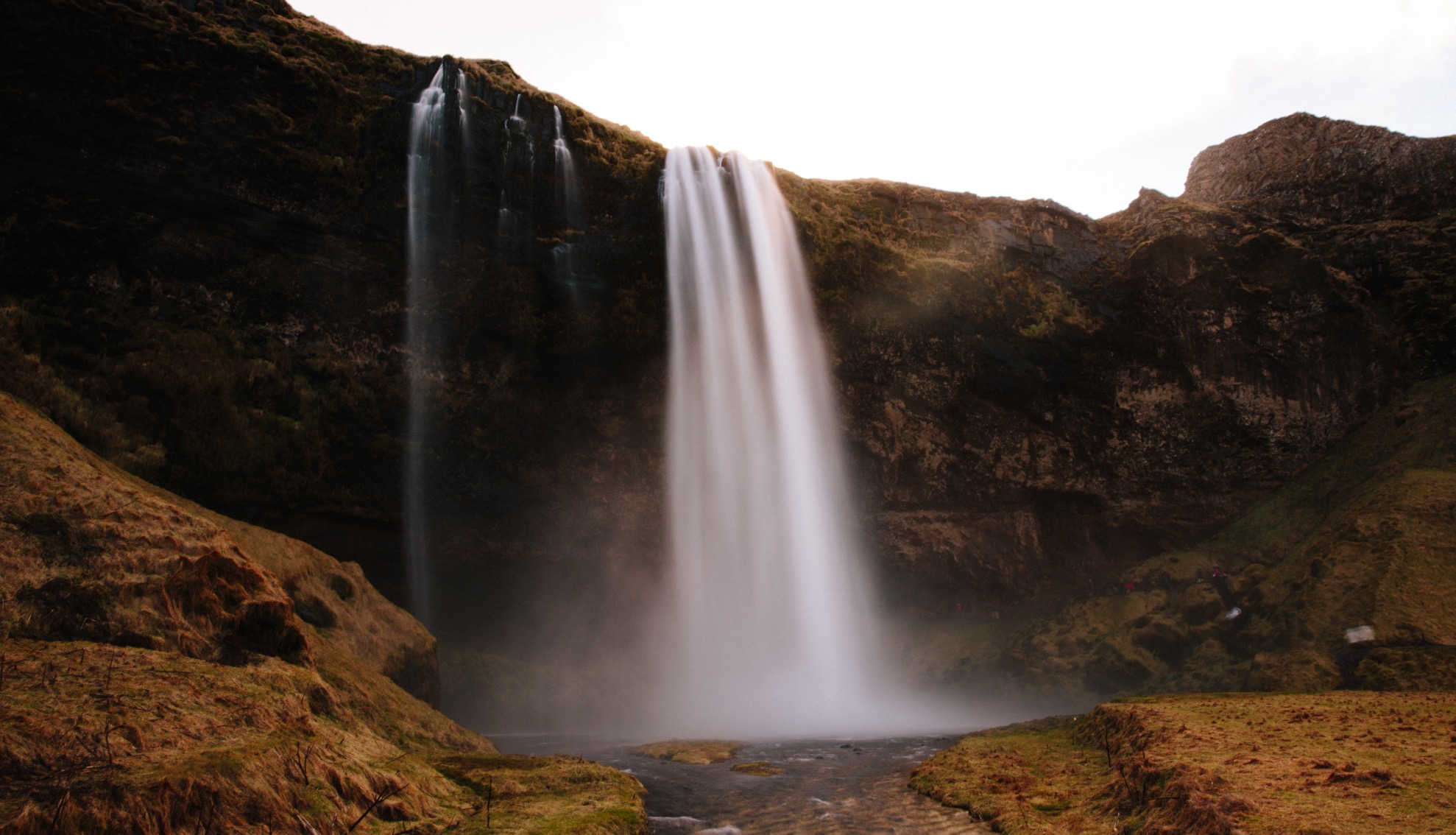
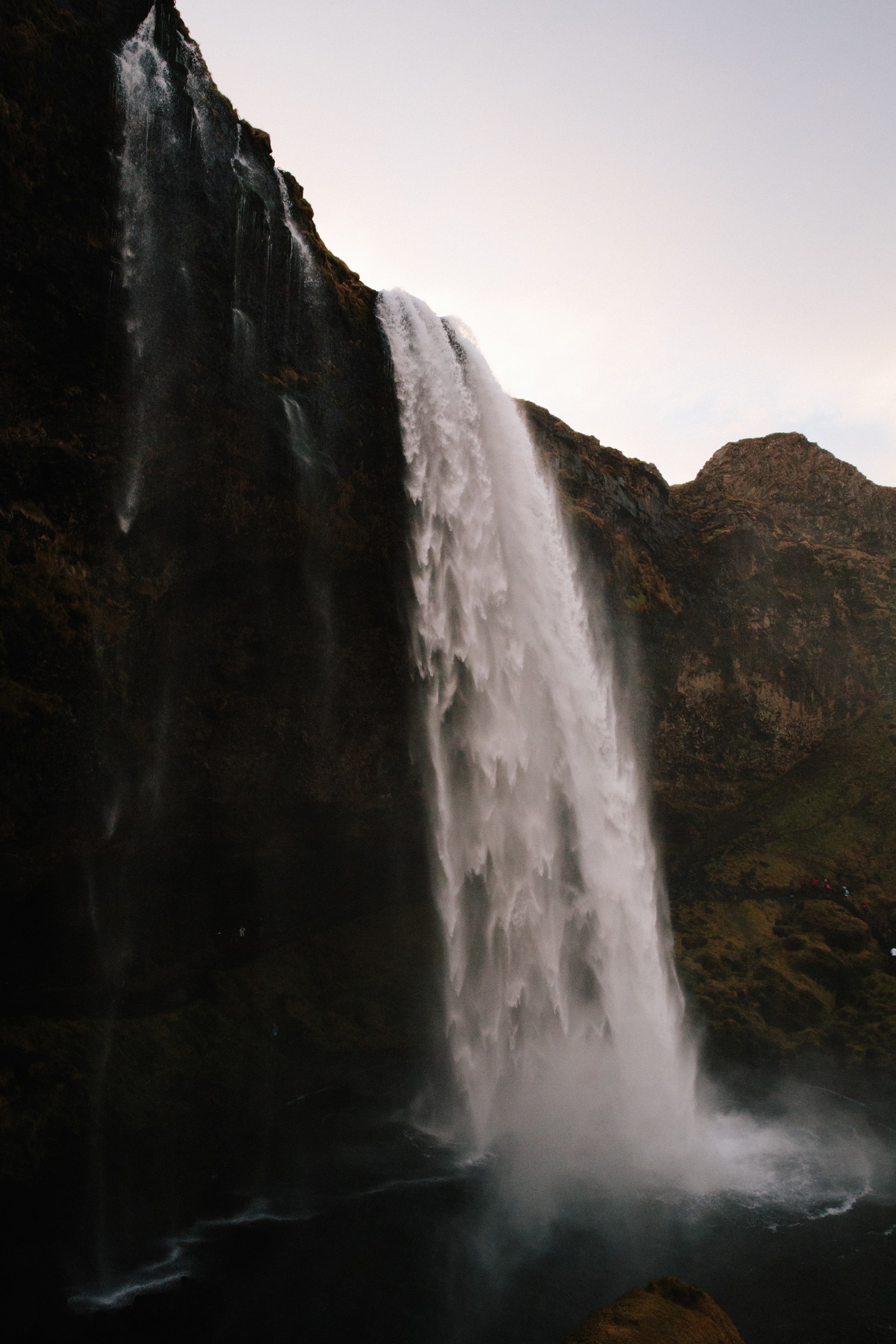

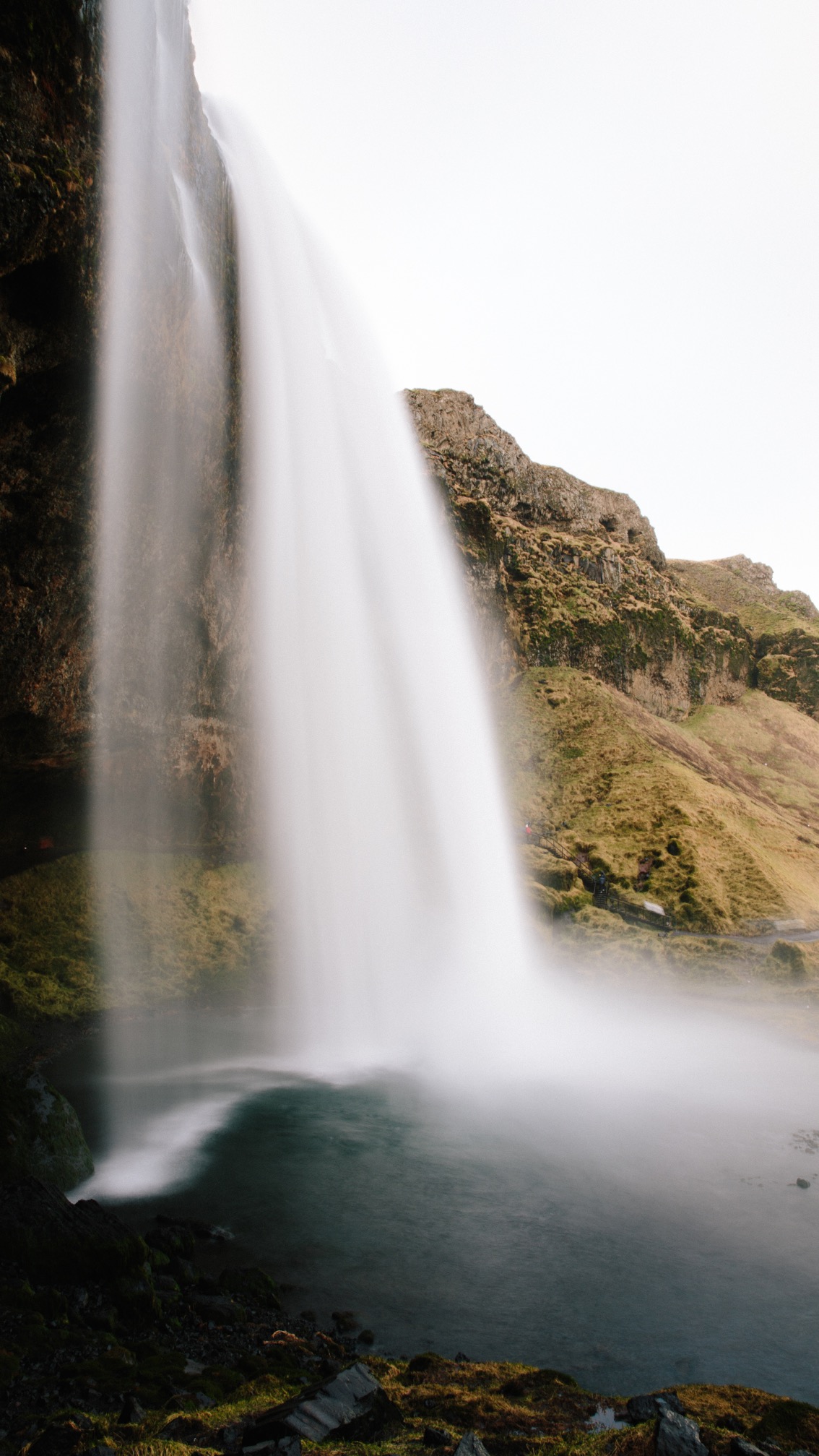
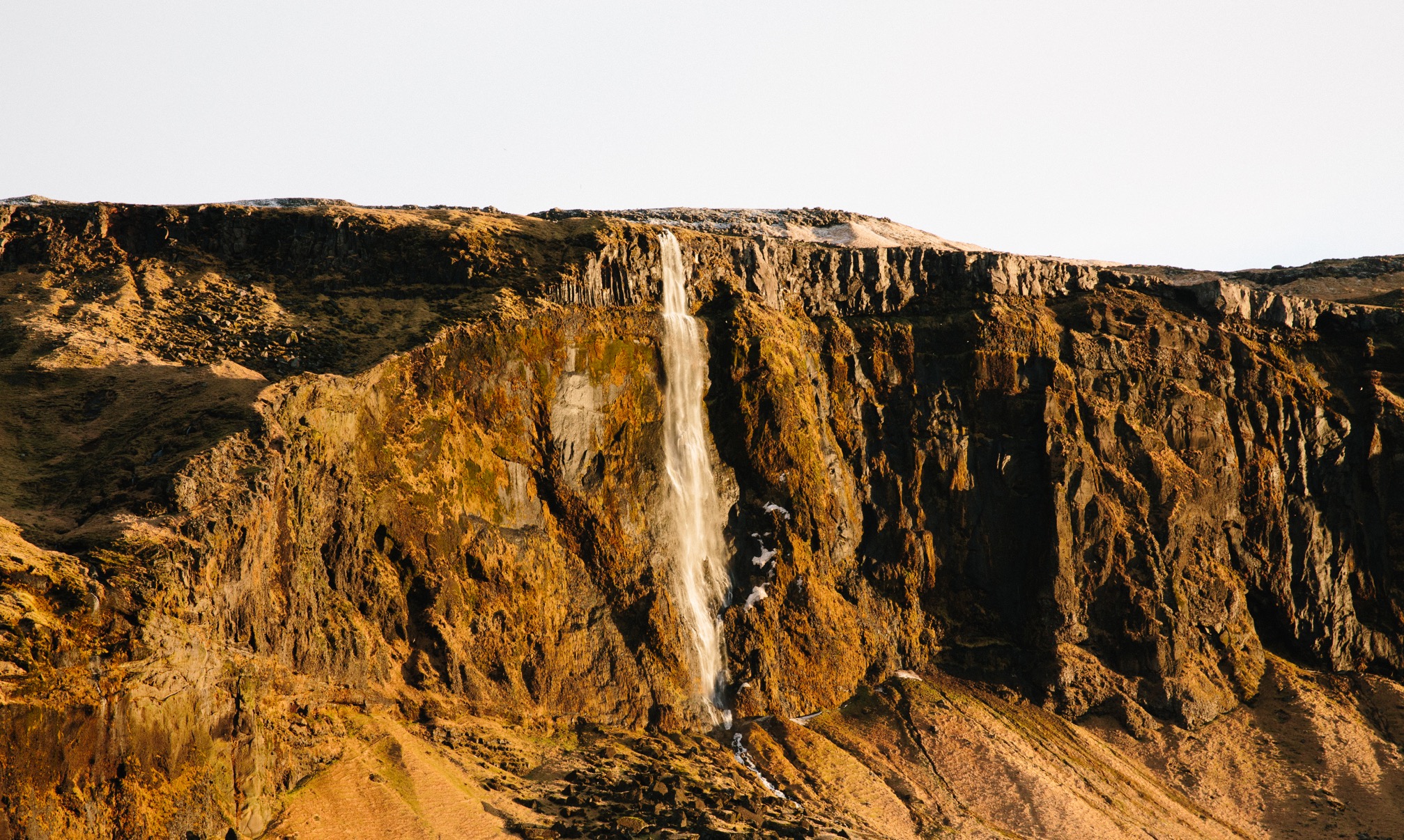
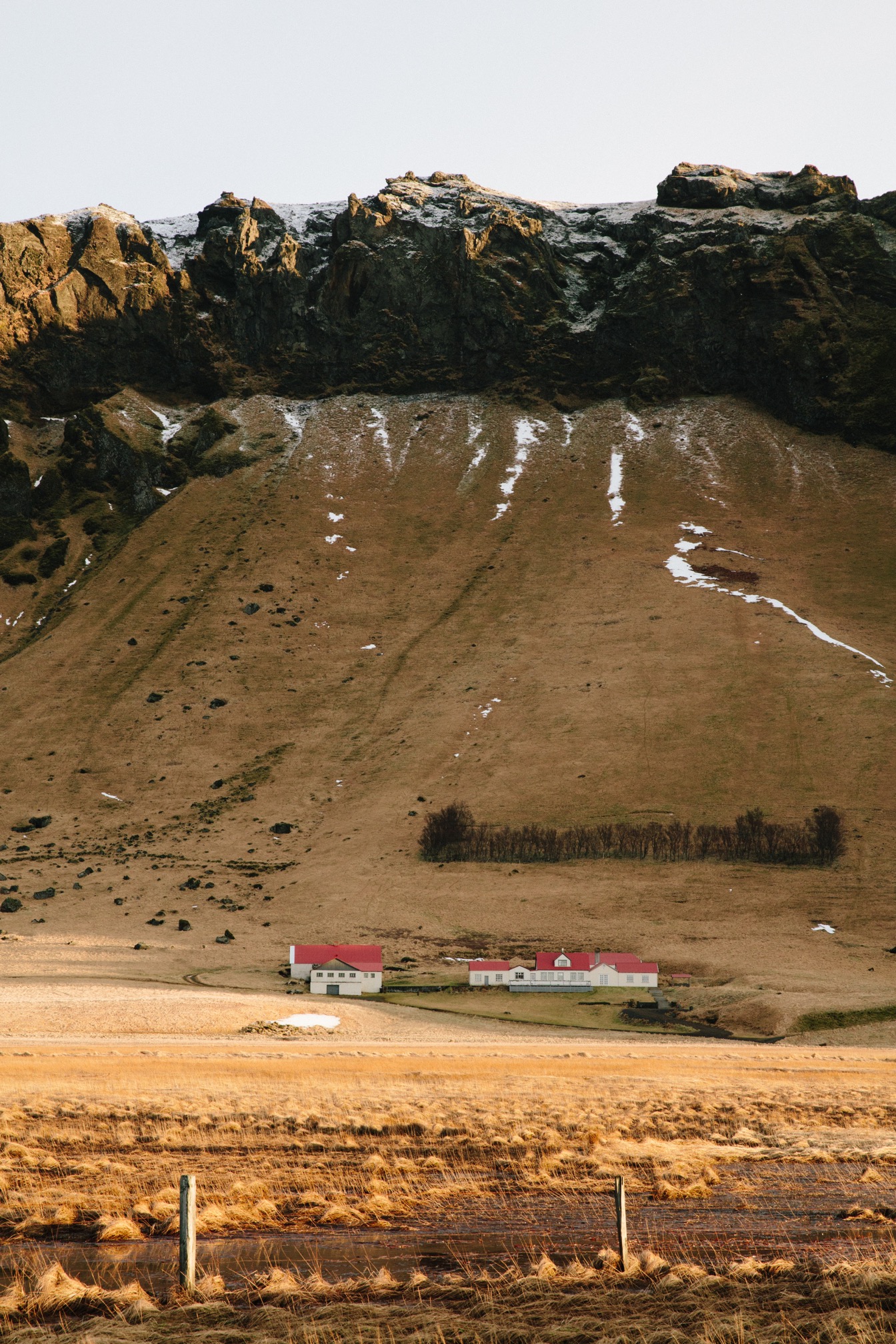
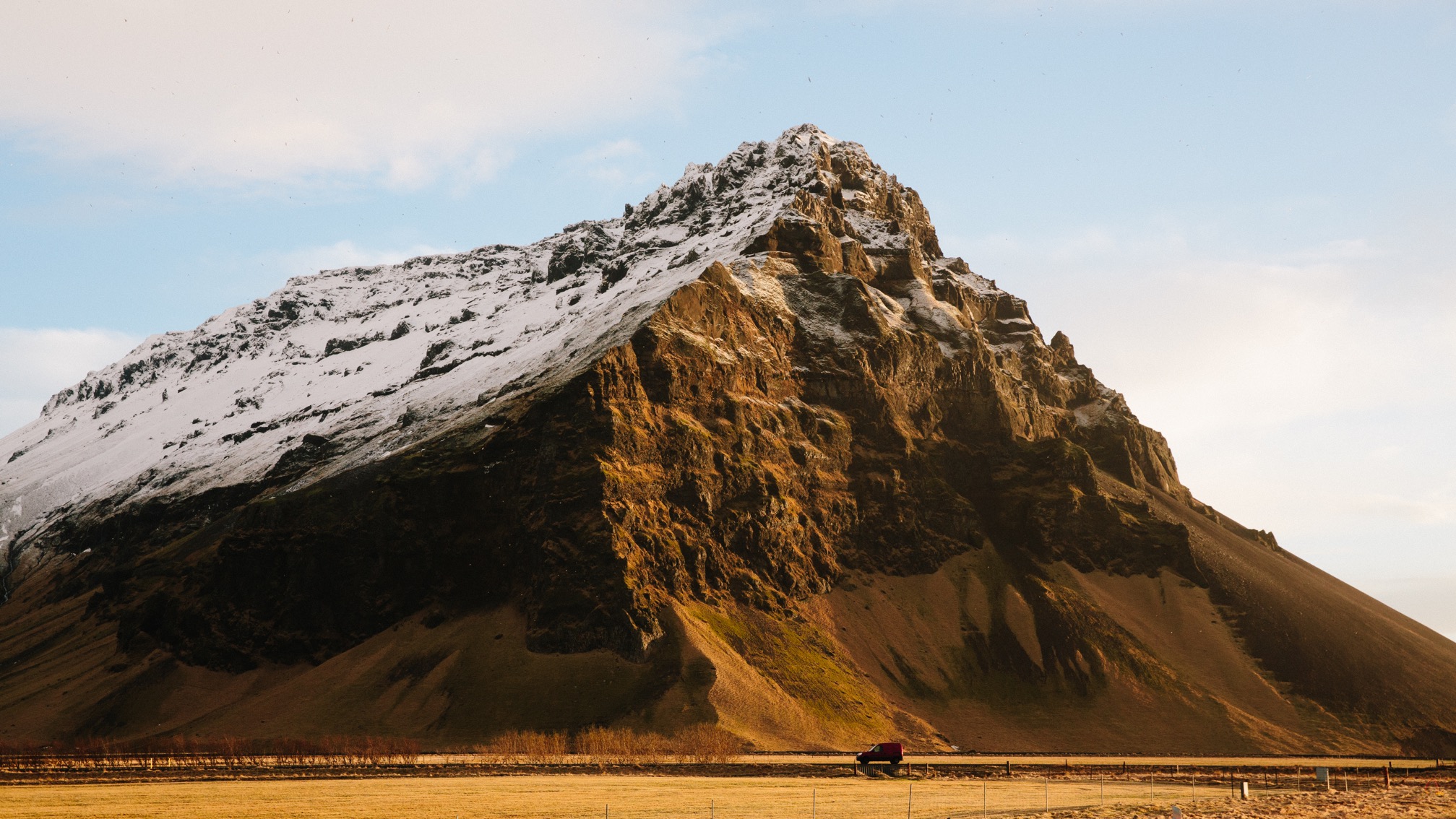
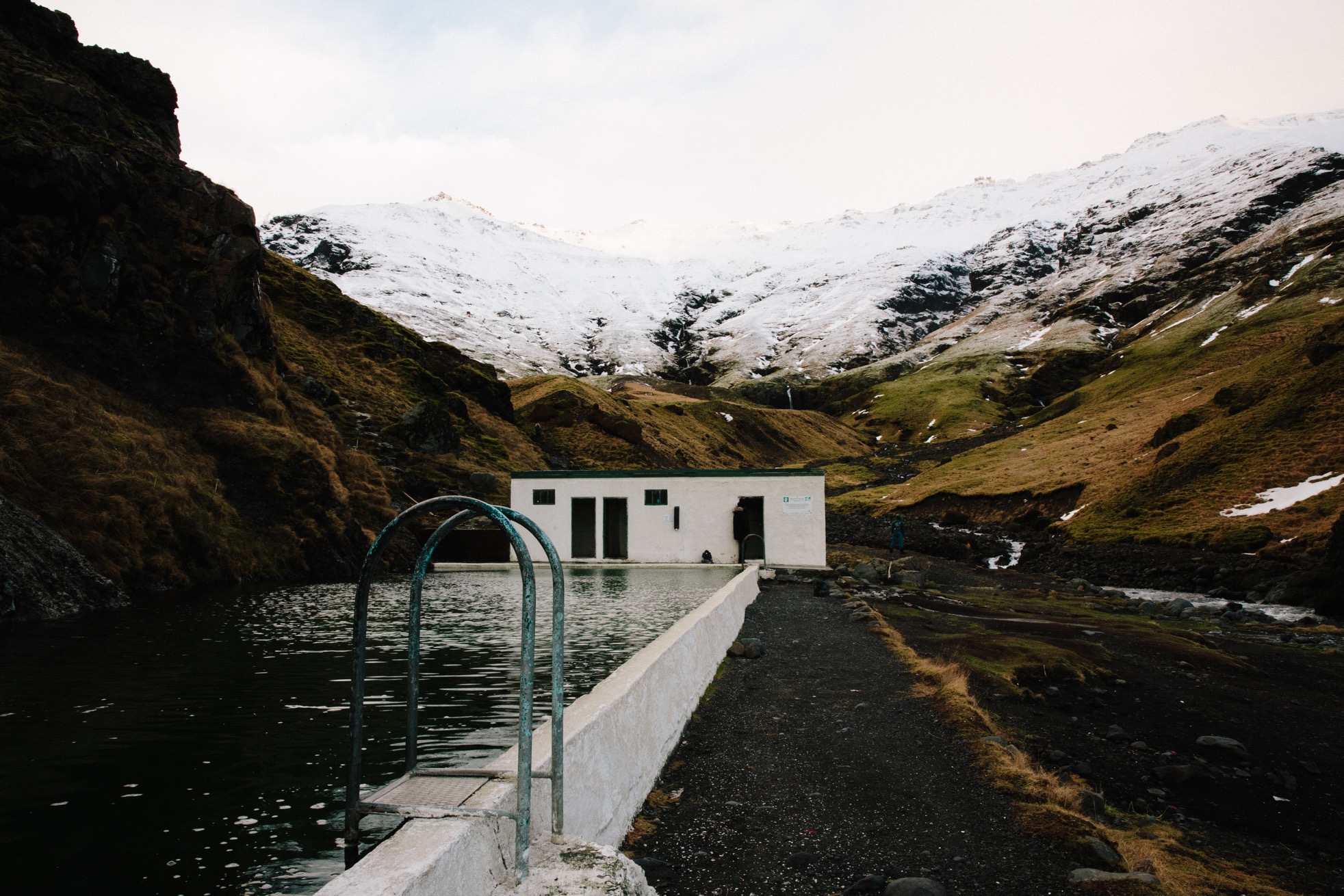

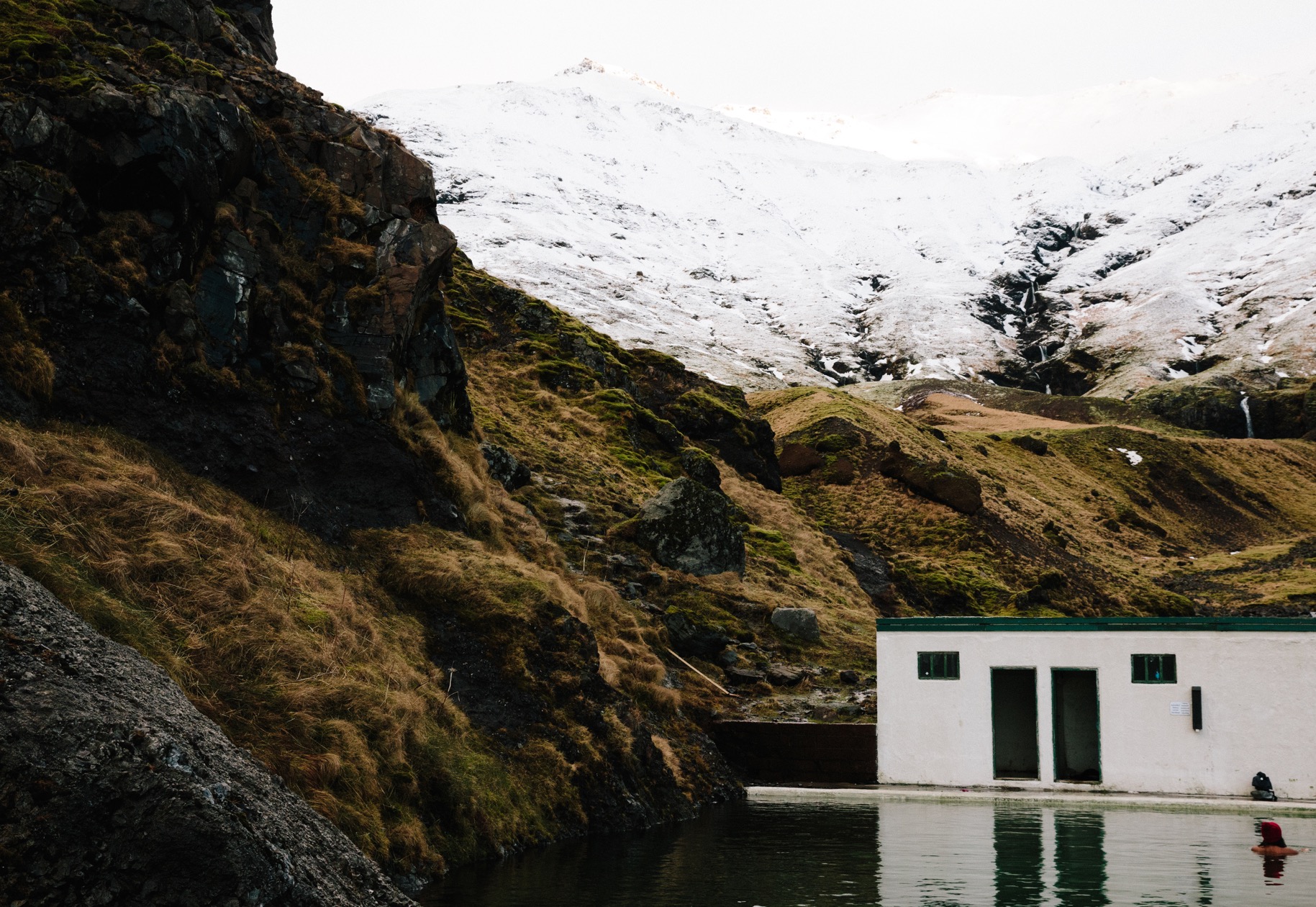
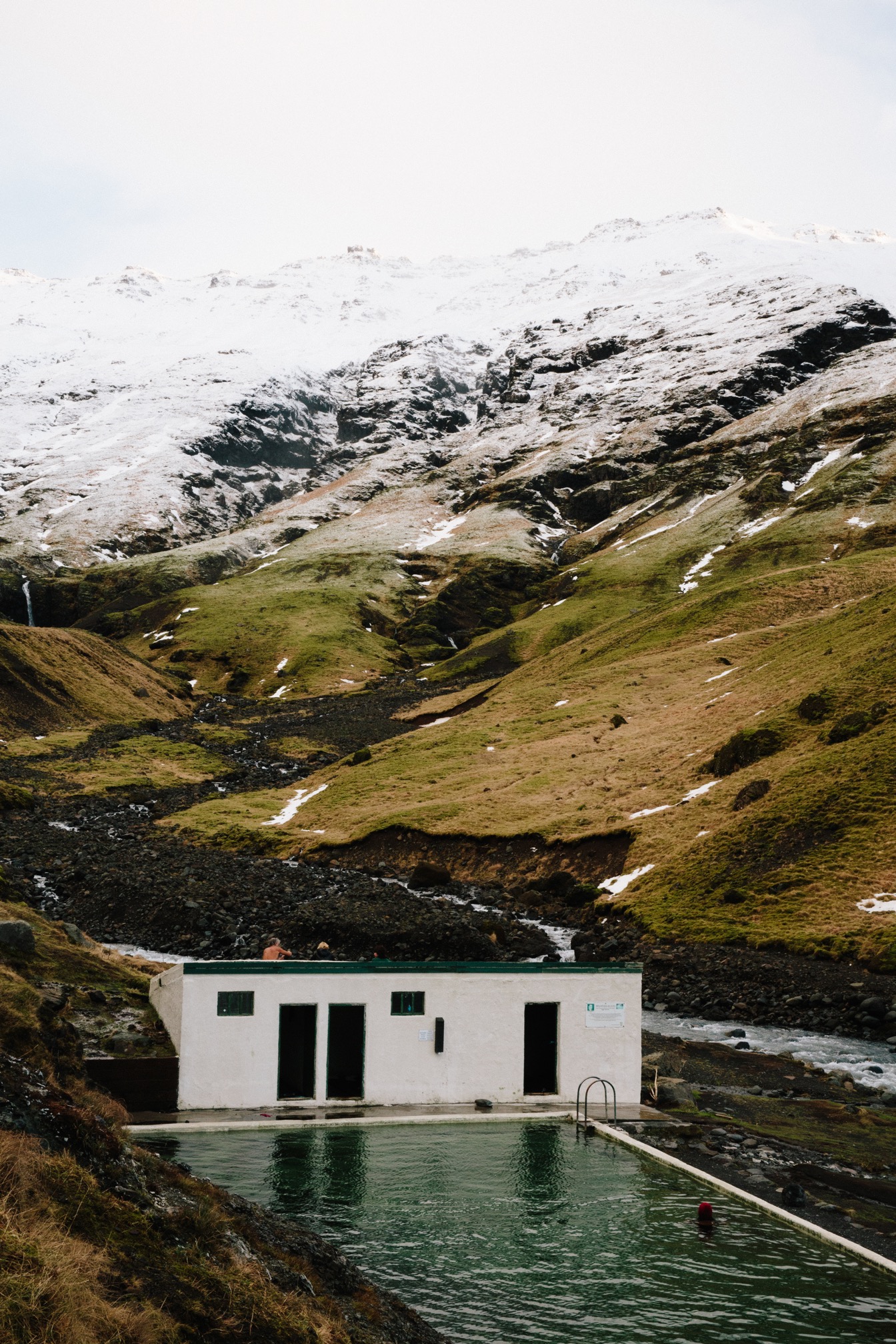
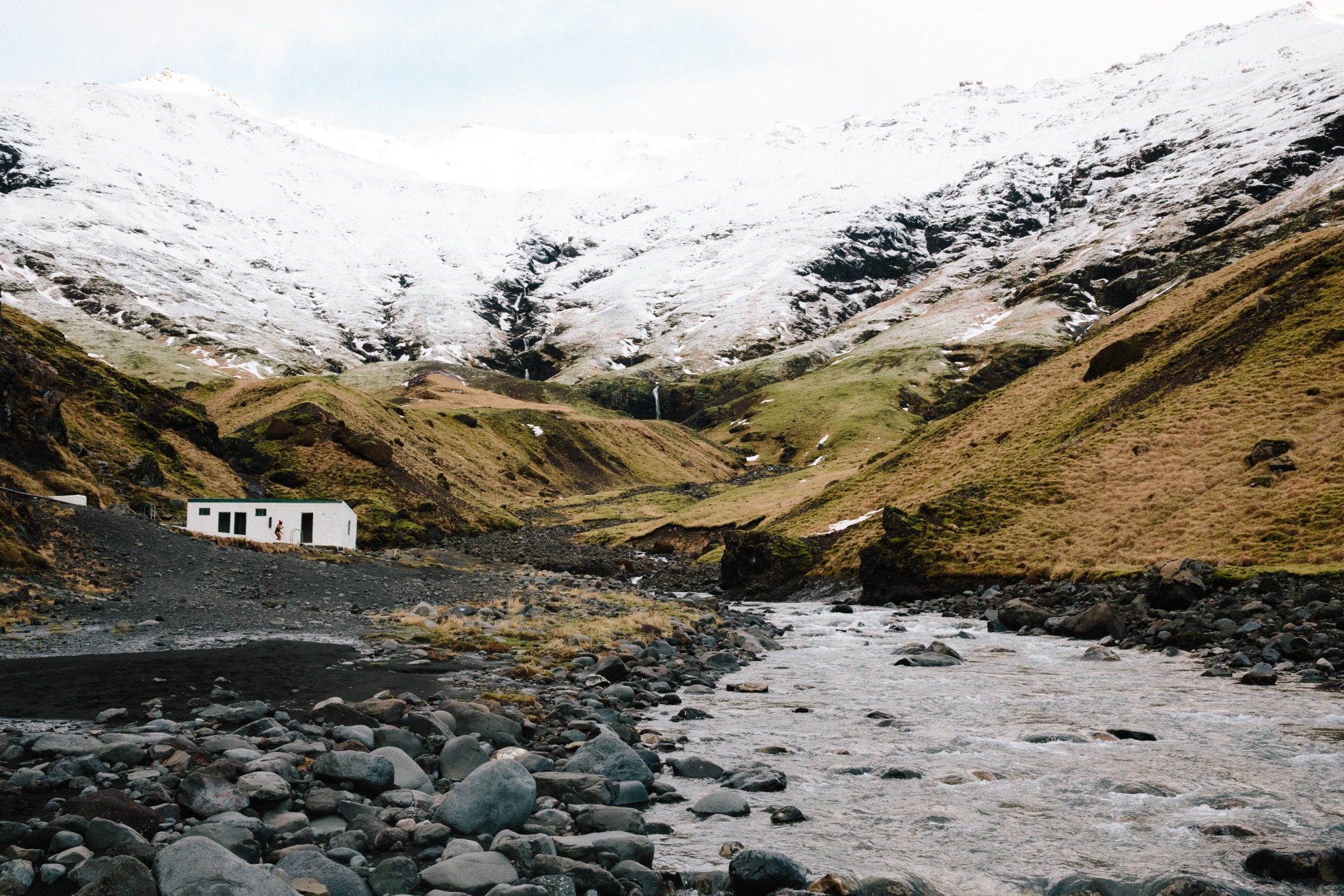
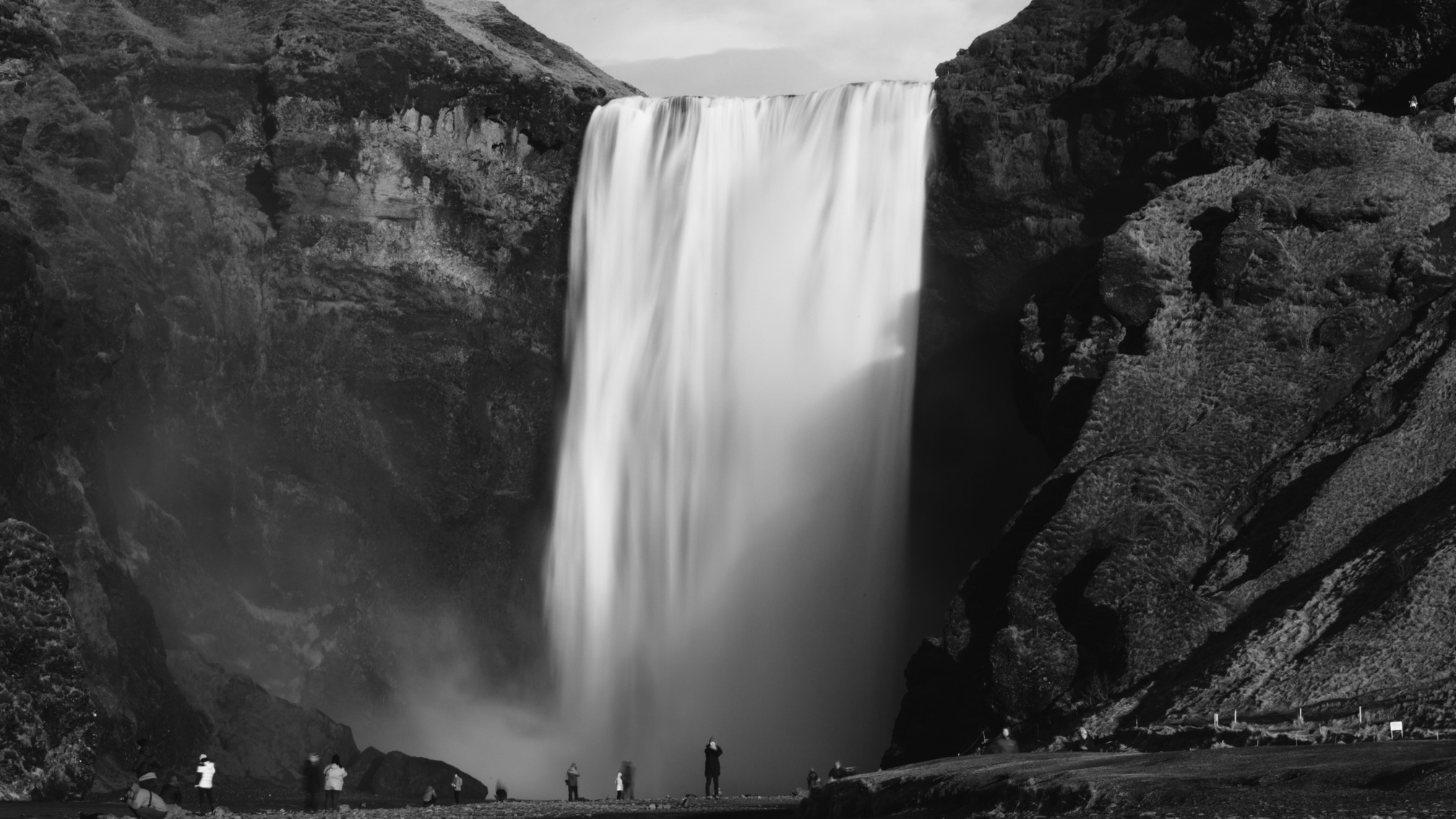
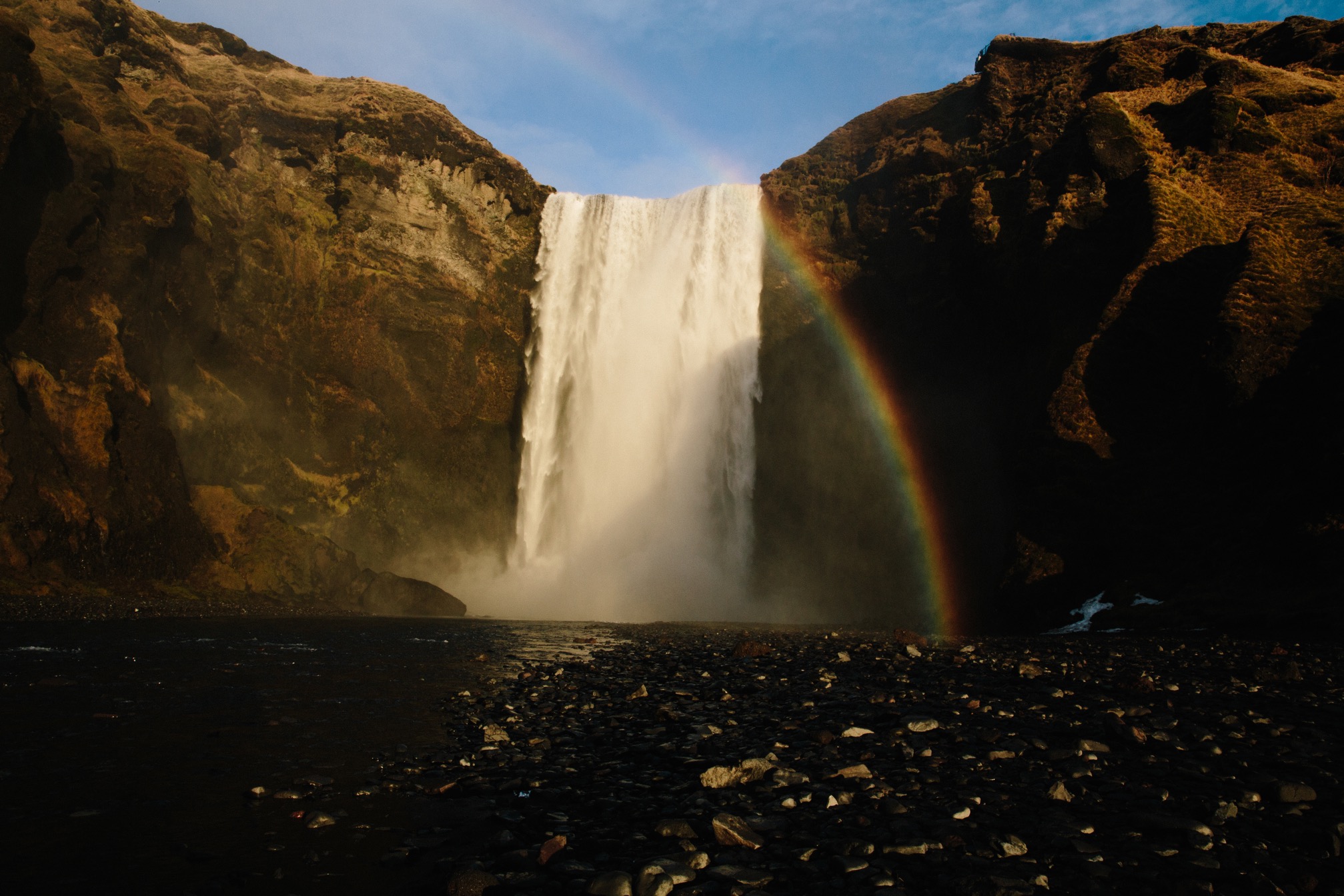
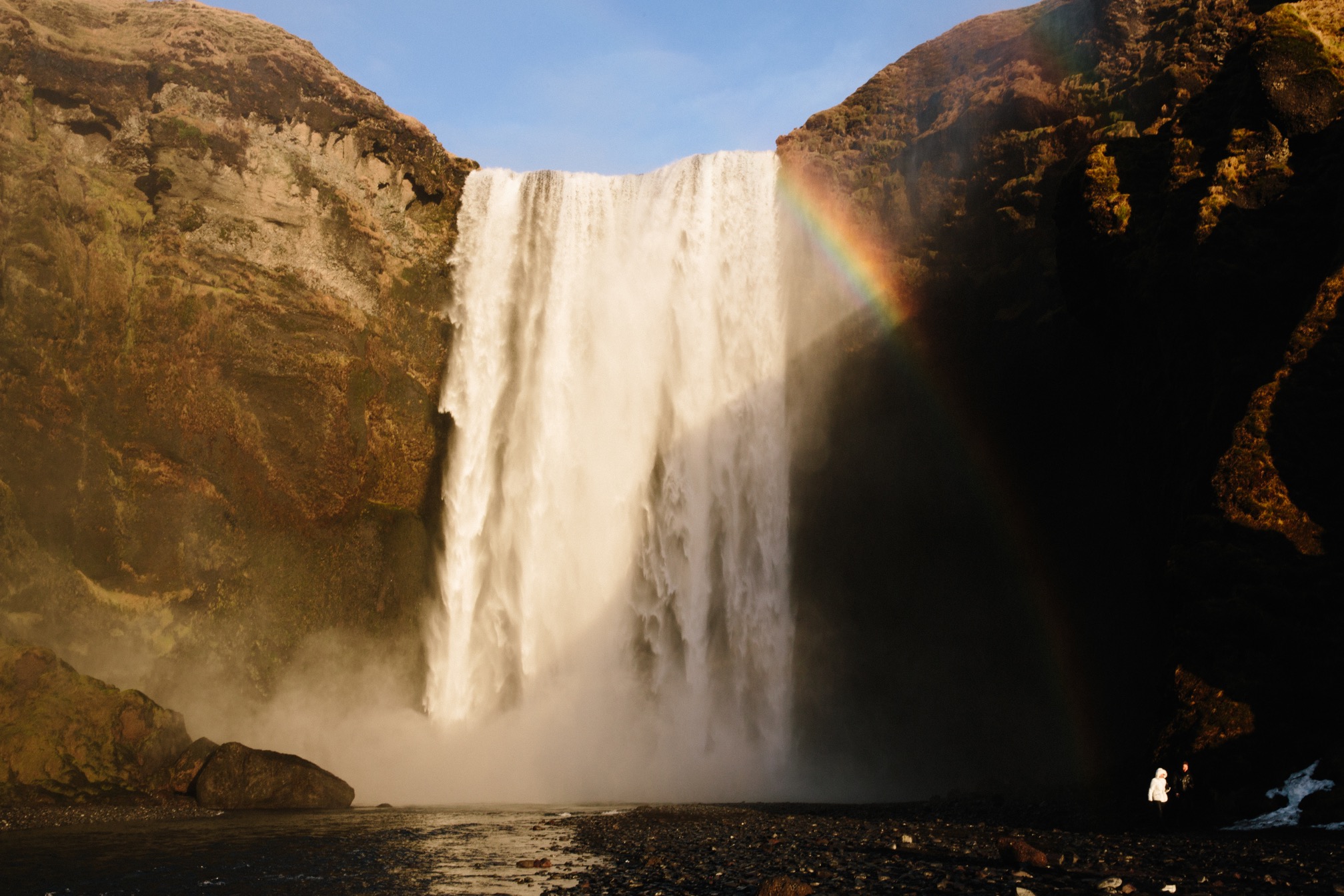
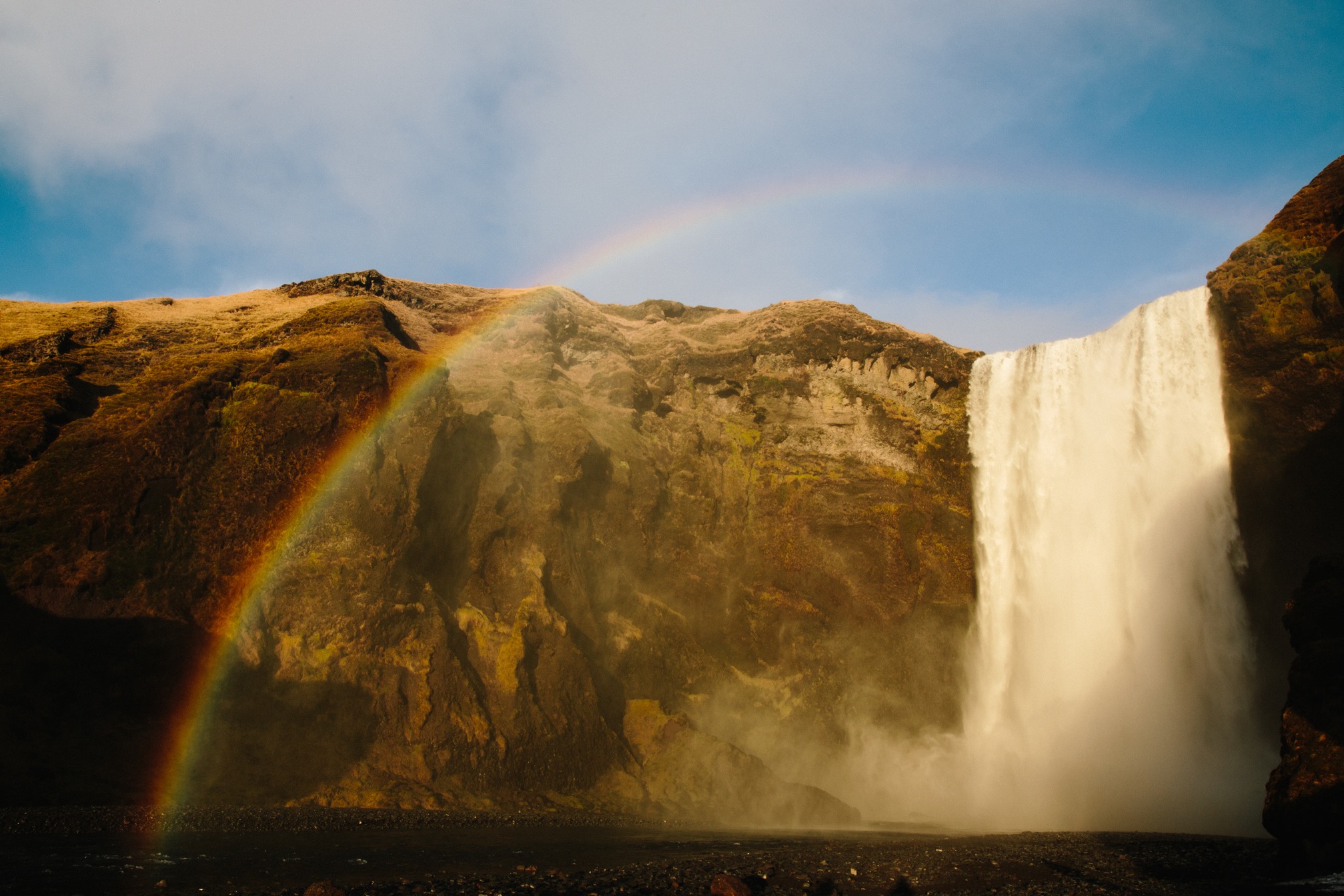
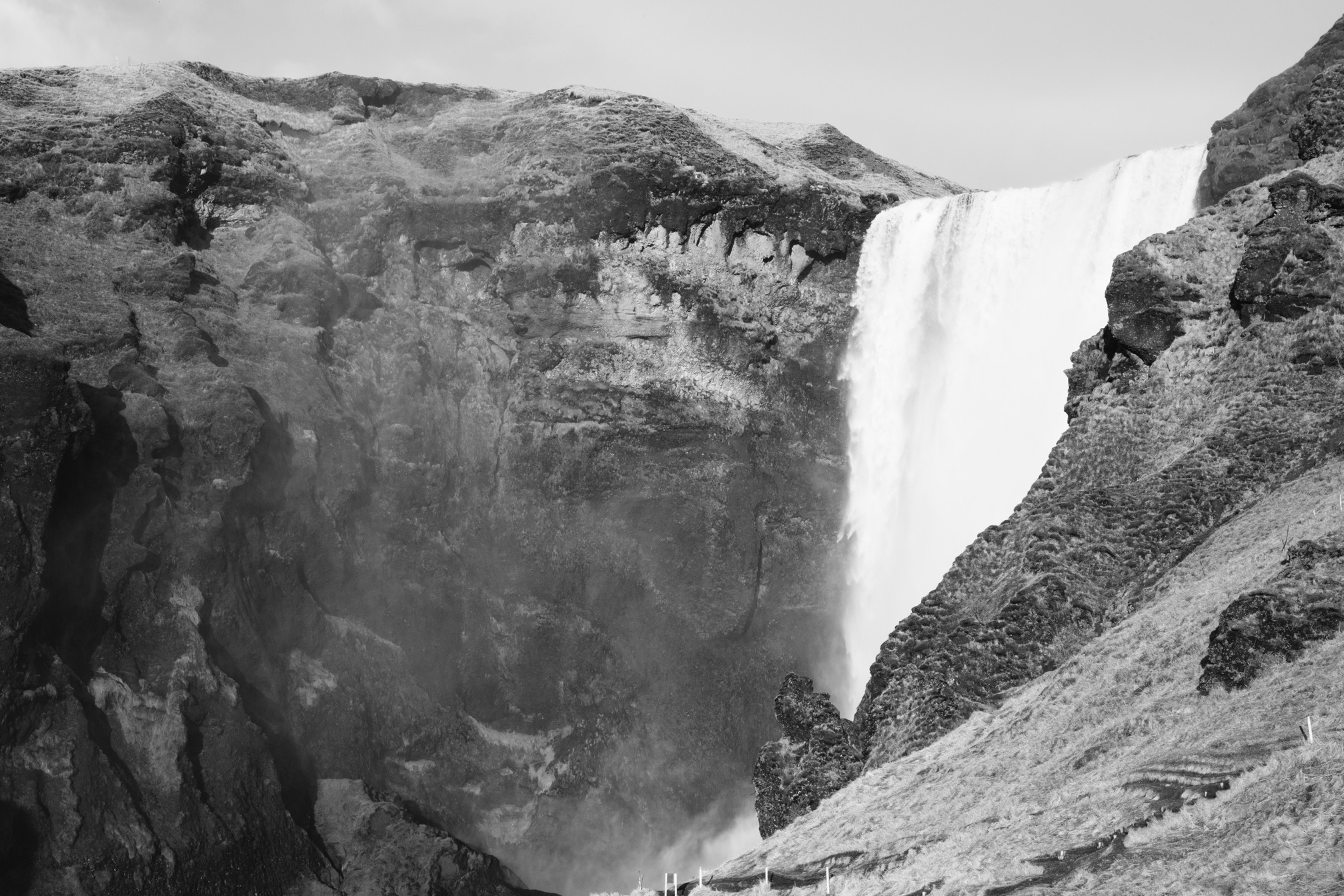
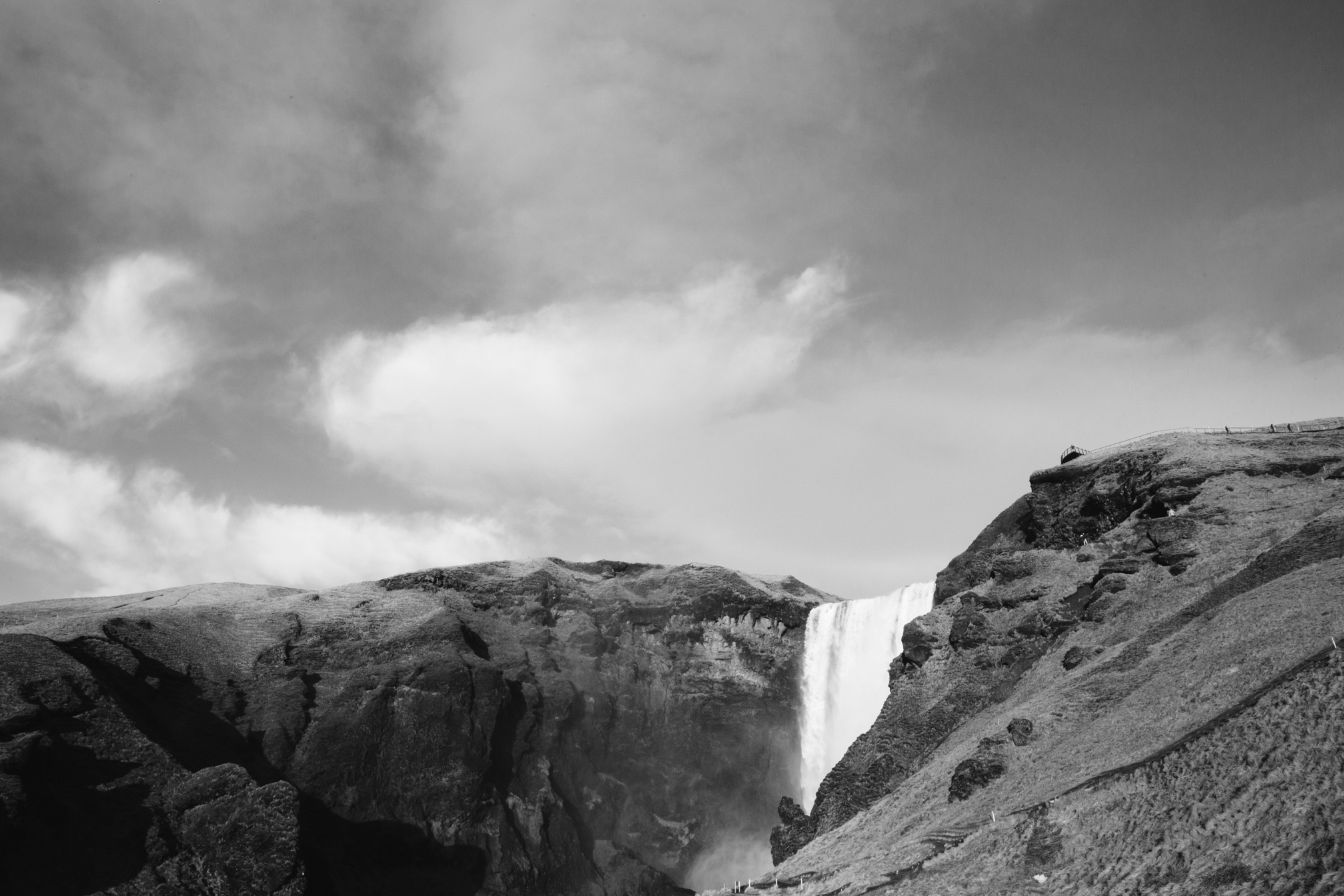
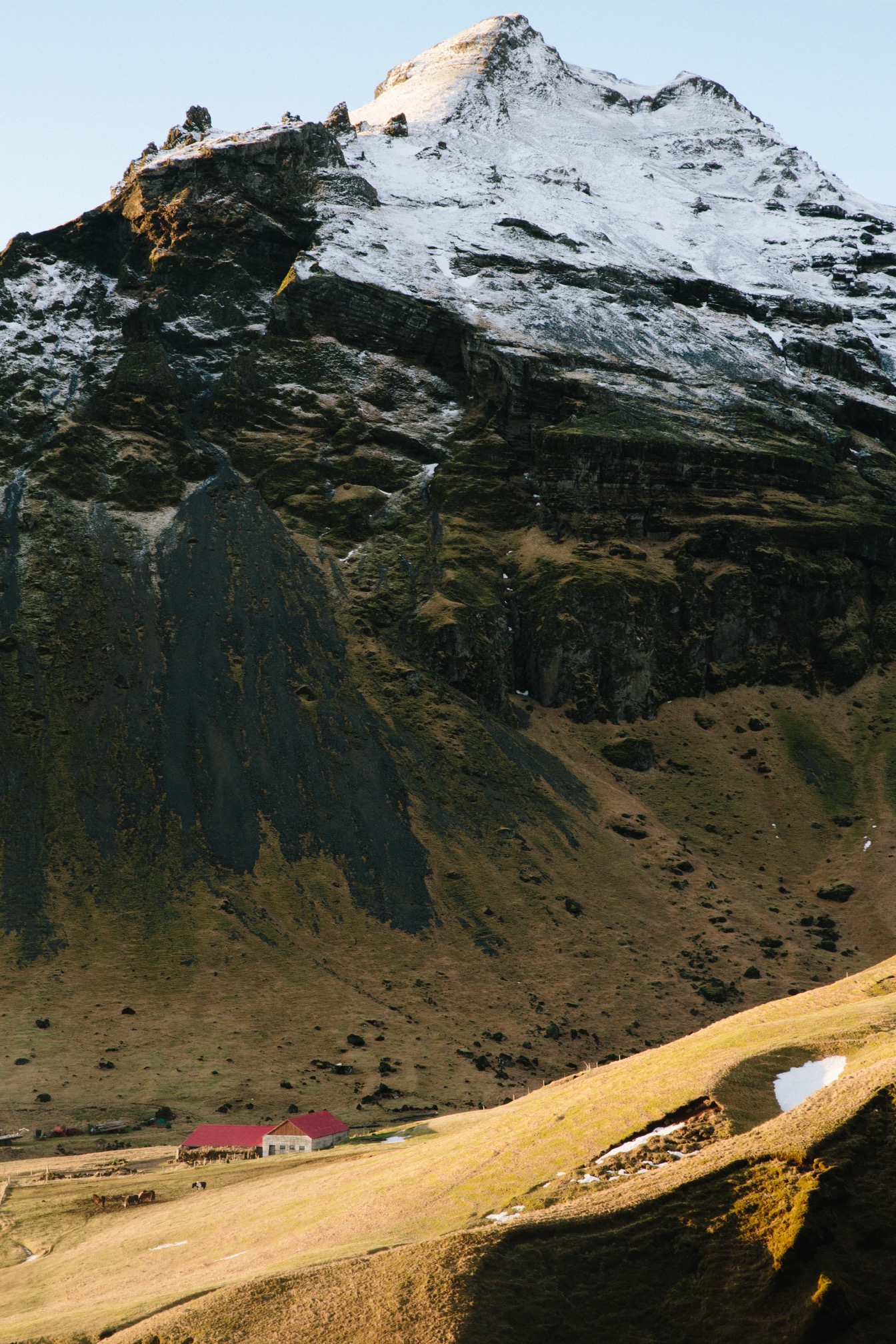
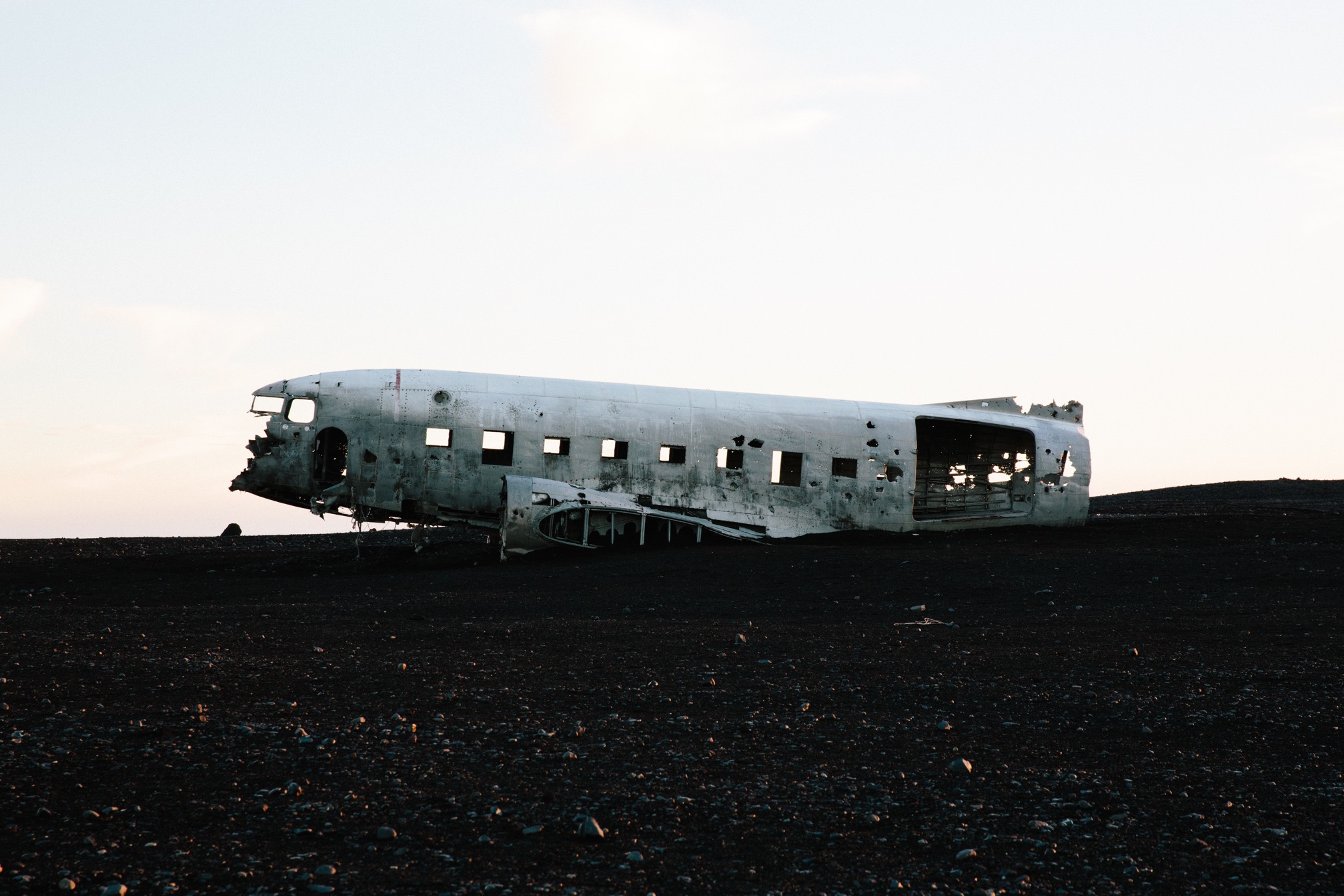
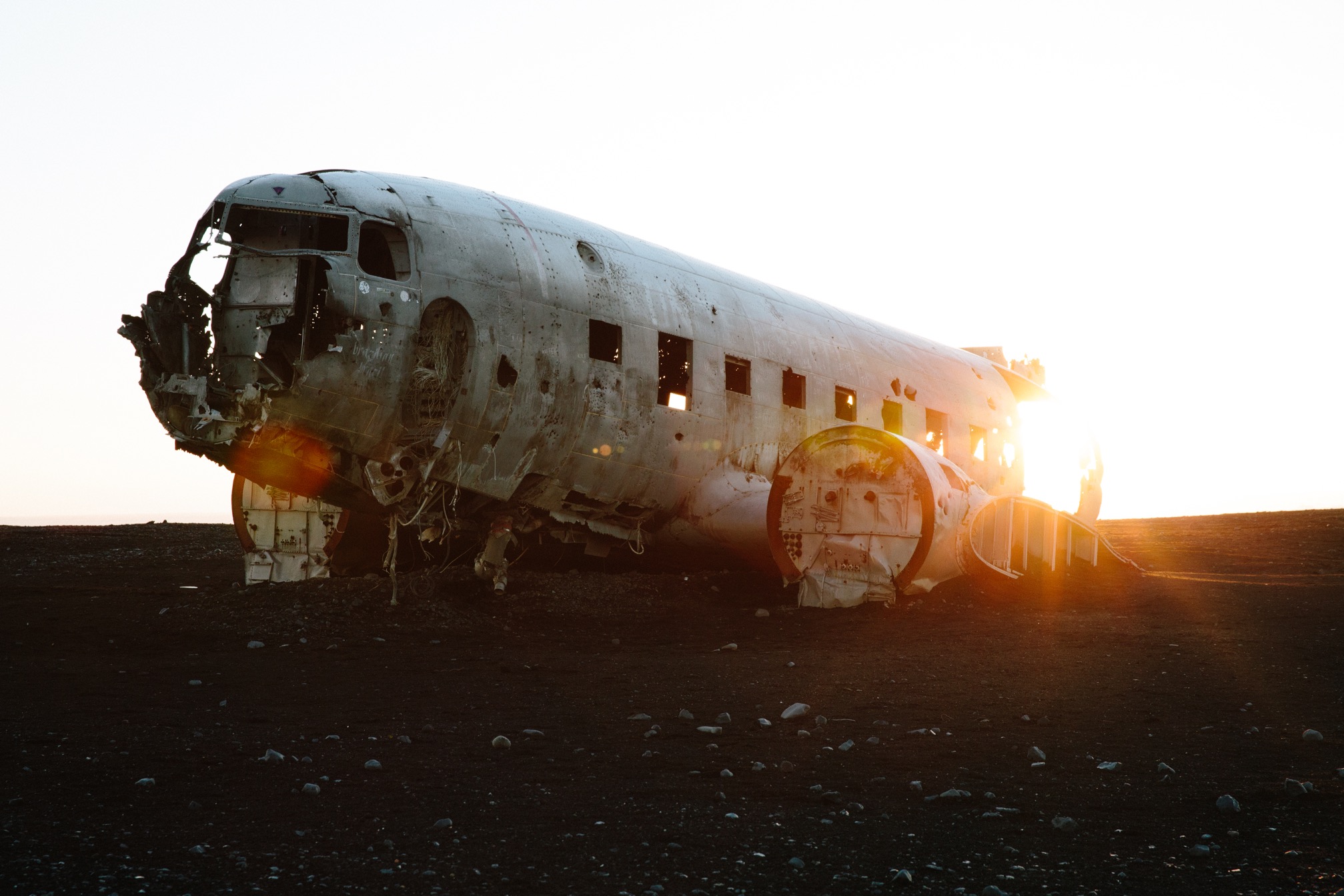
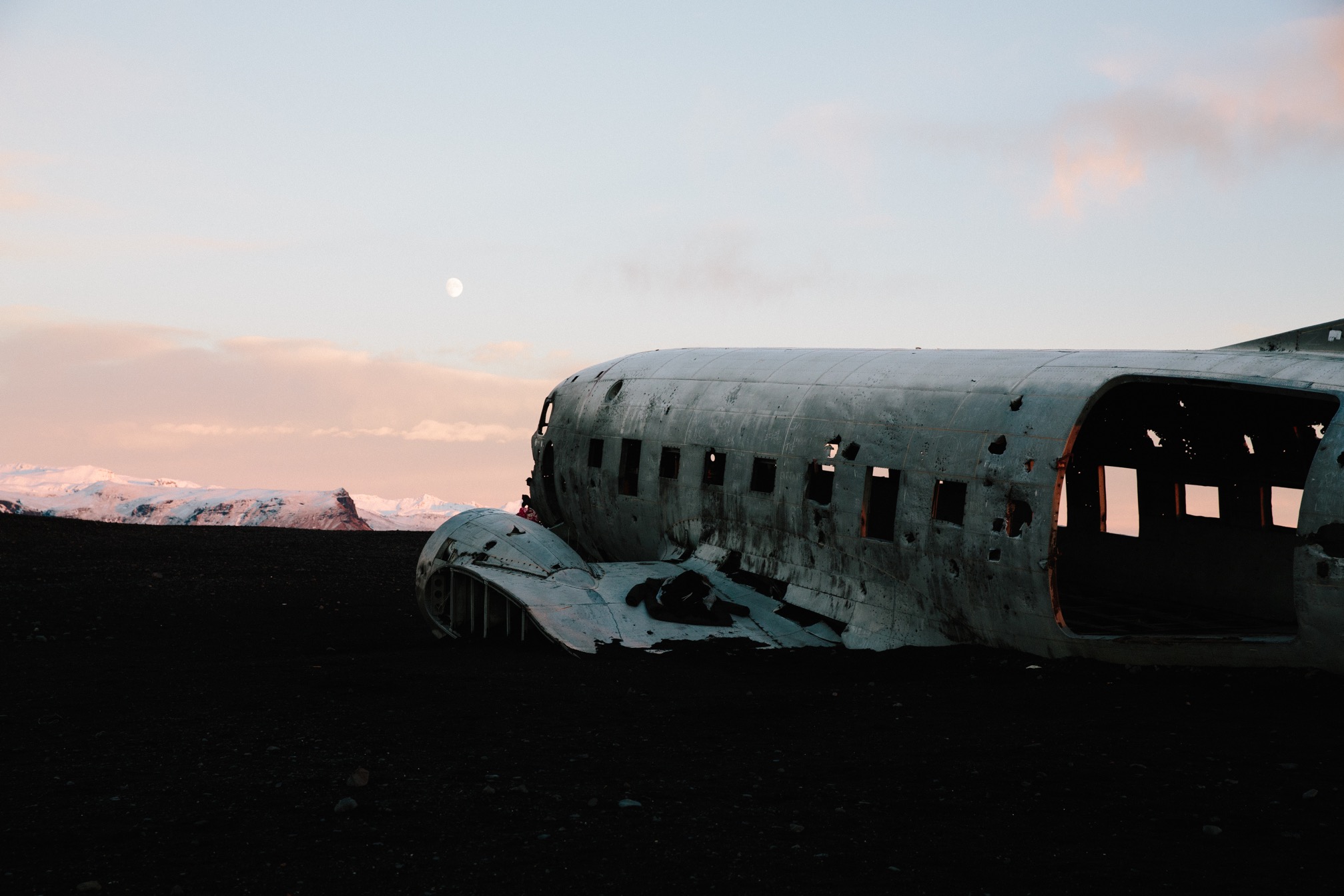
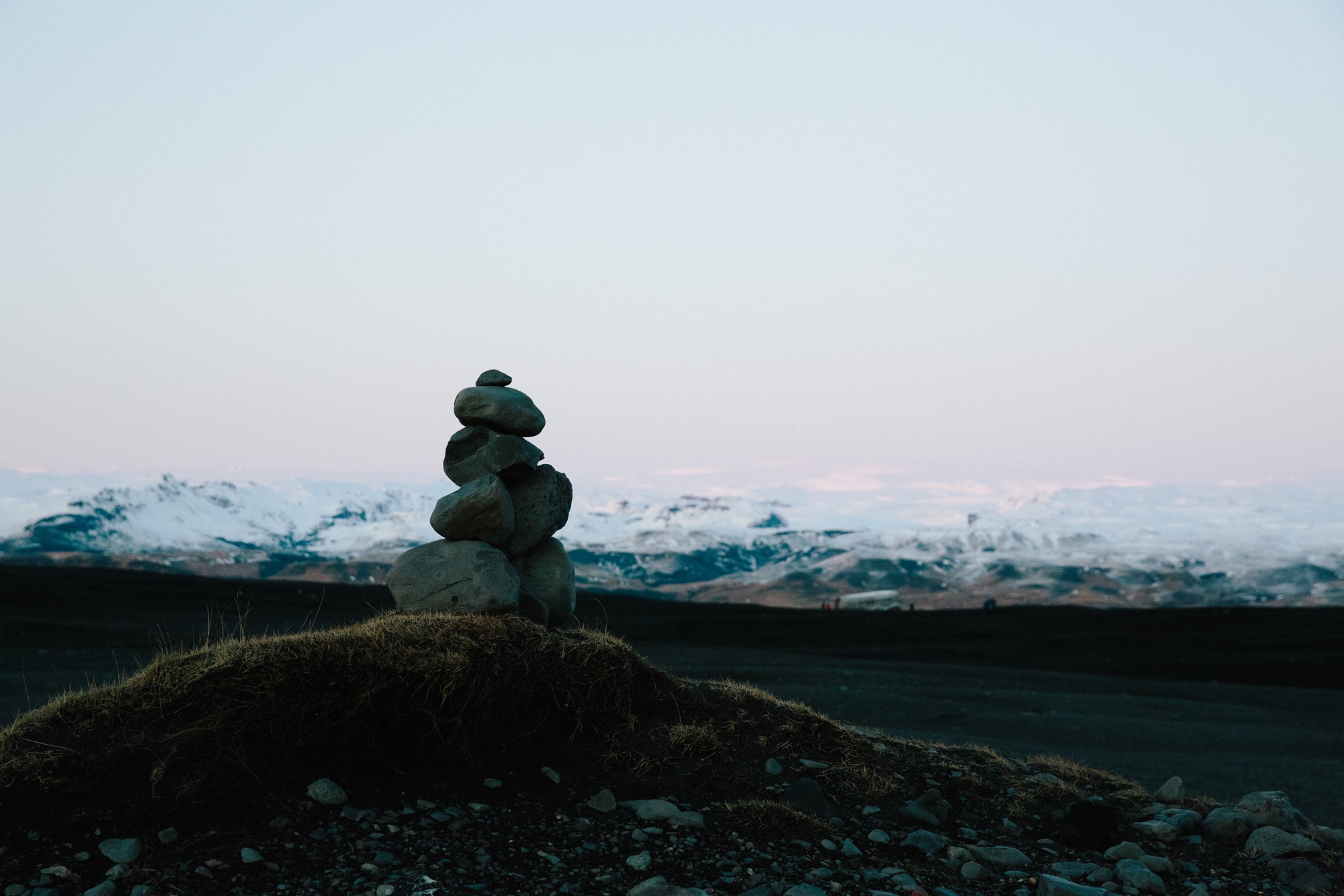
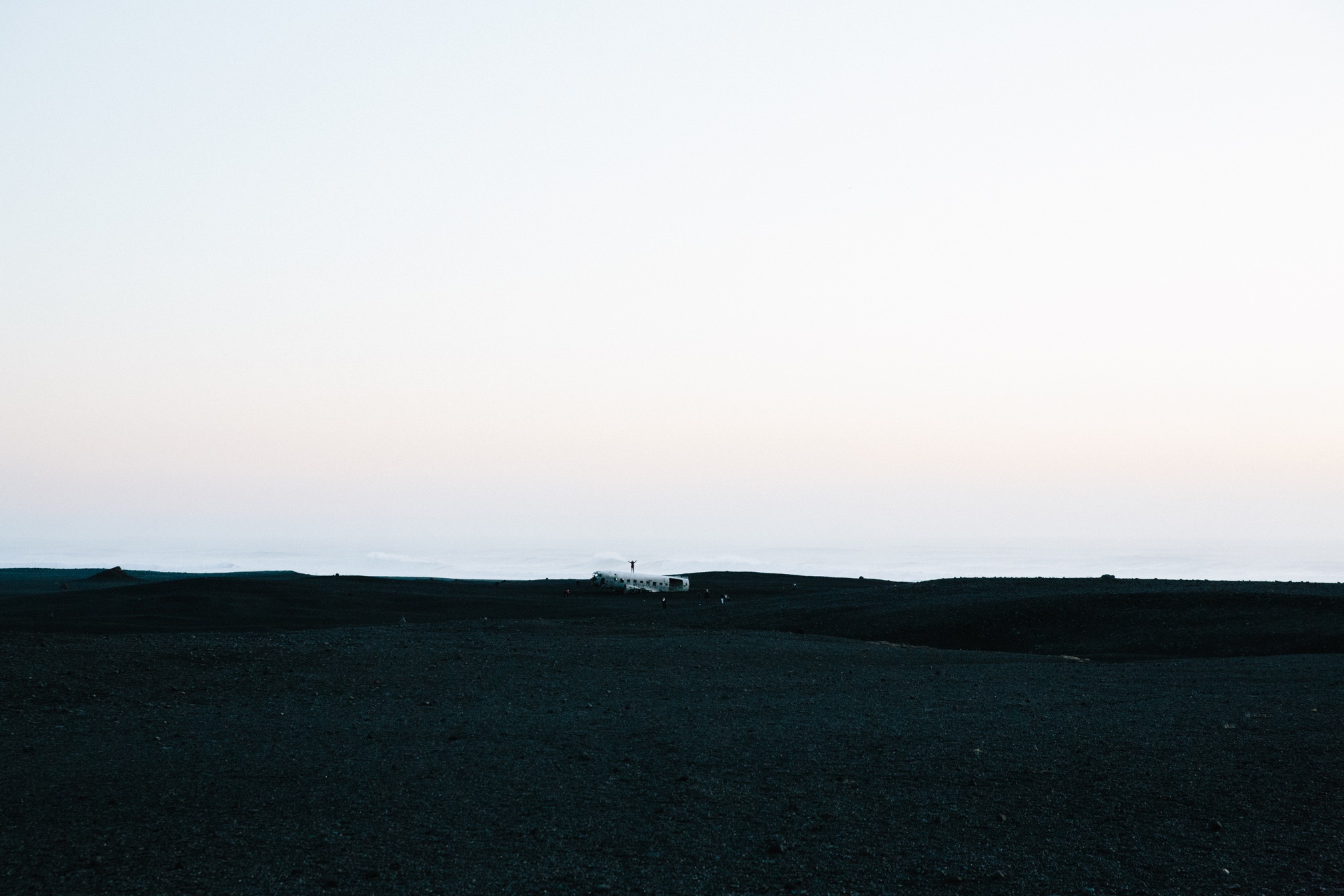
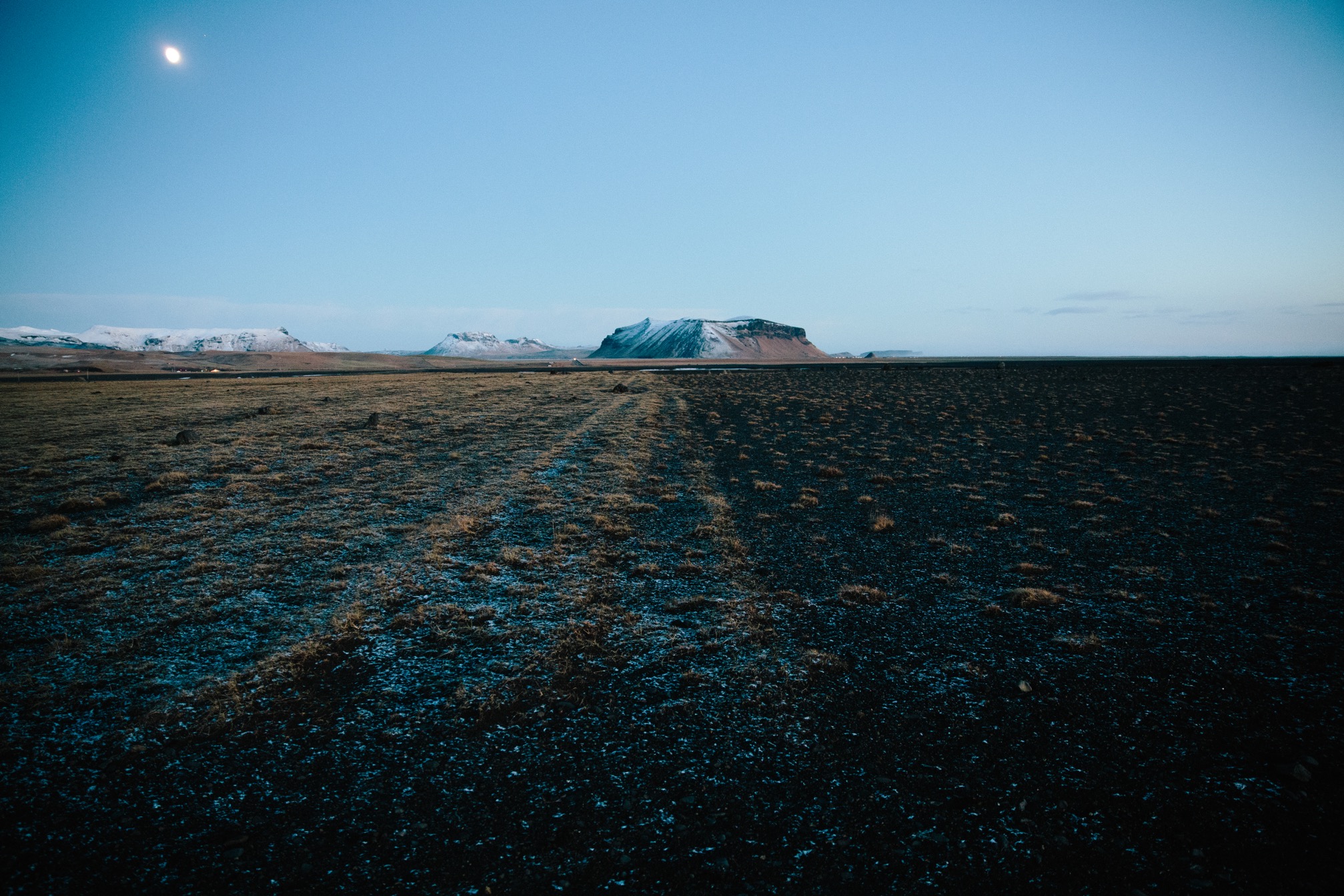
4 Comments. Leave new
Stunning photographs and thoughtful words to slowly digest and reflect on. Love this post mate! Also please tell me you went for a swim in that pool?!
Haha, no swimming for me bro!
Mate, first time dropping by here. Glad I did! Great read and LEGIT photos! Nice work.
Tim you legend! Thanks bro!